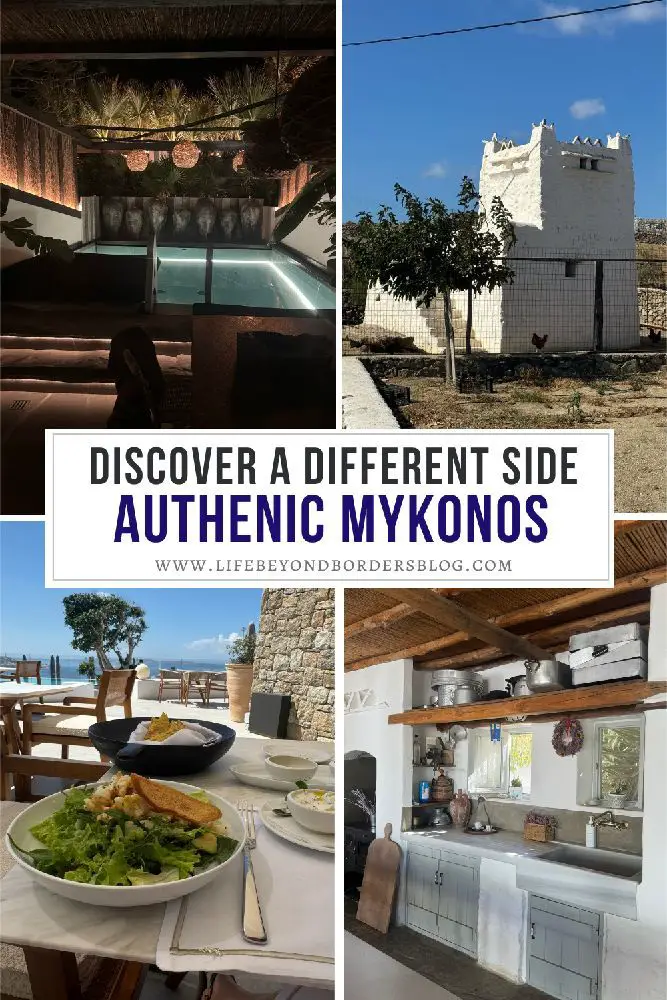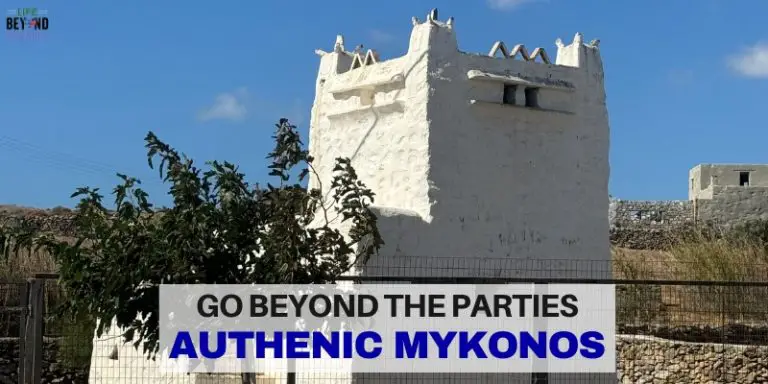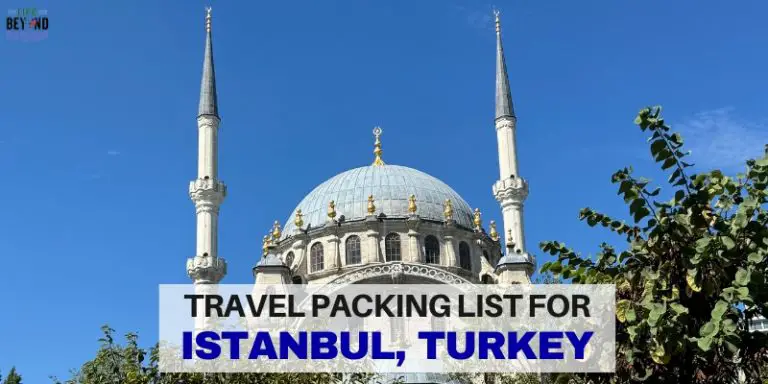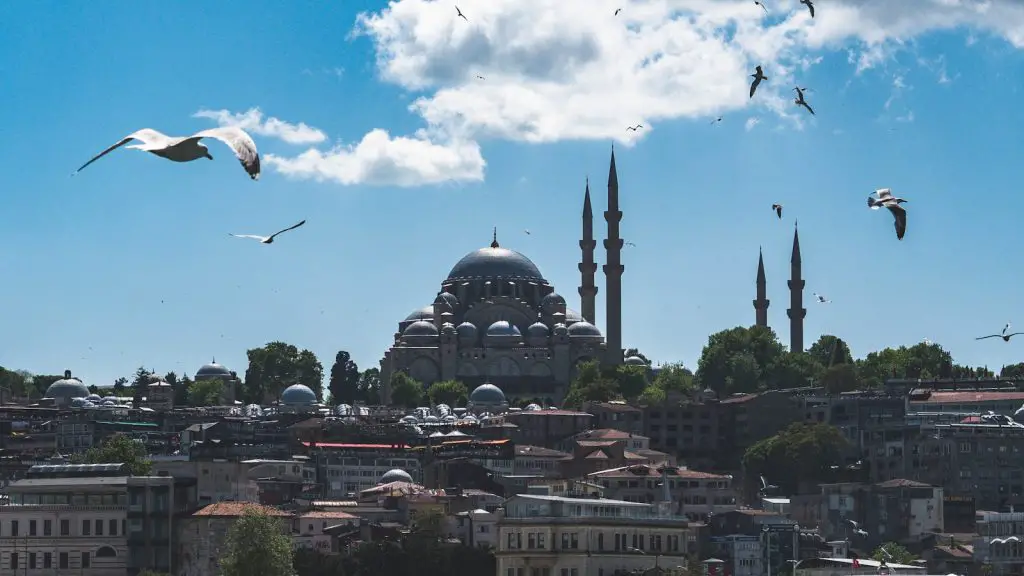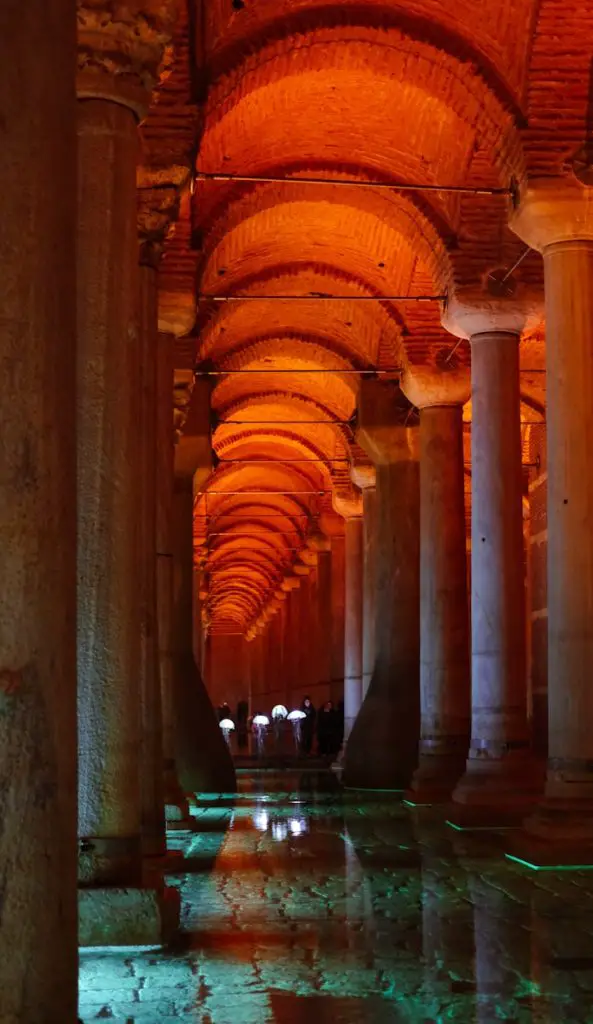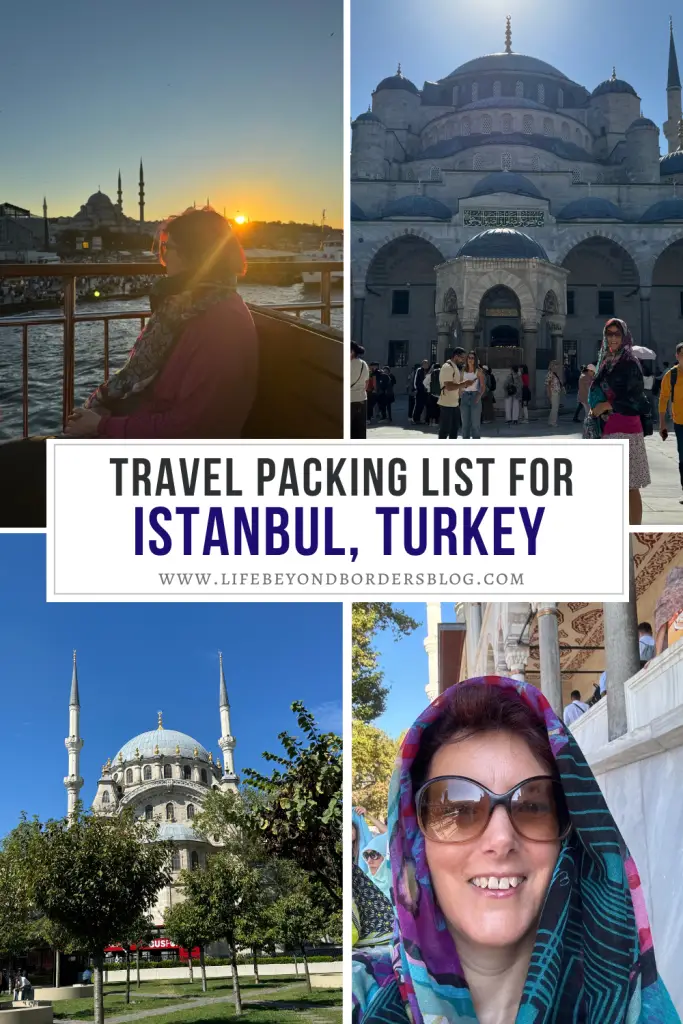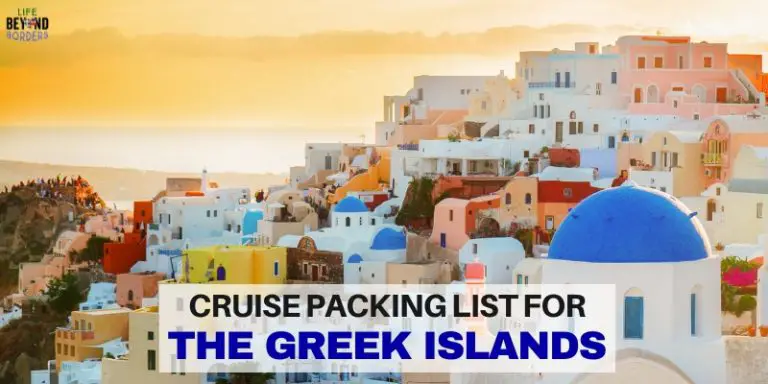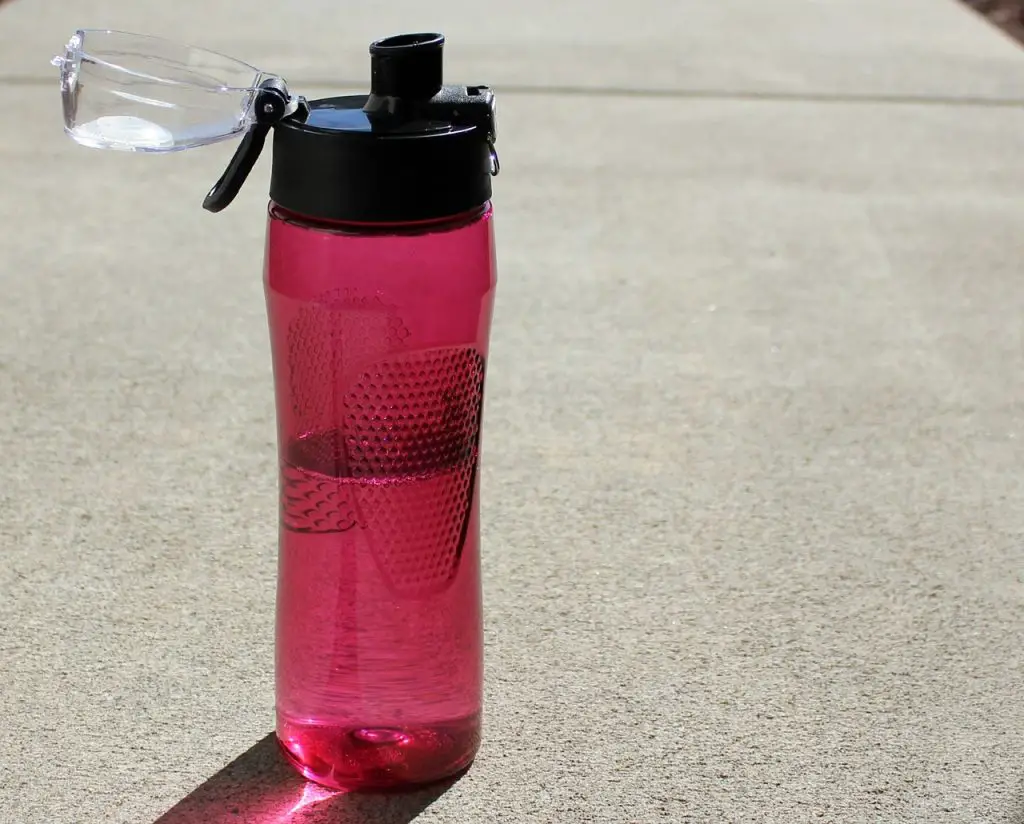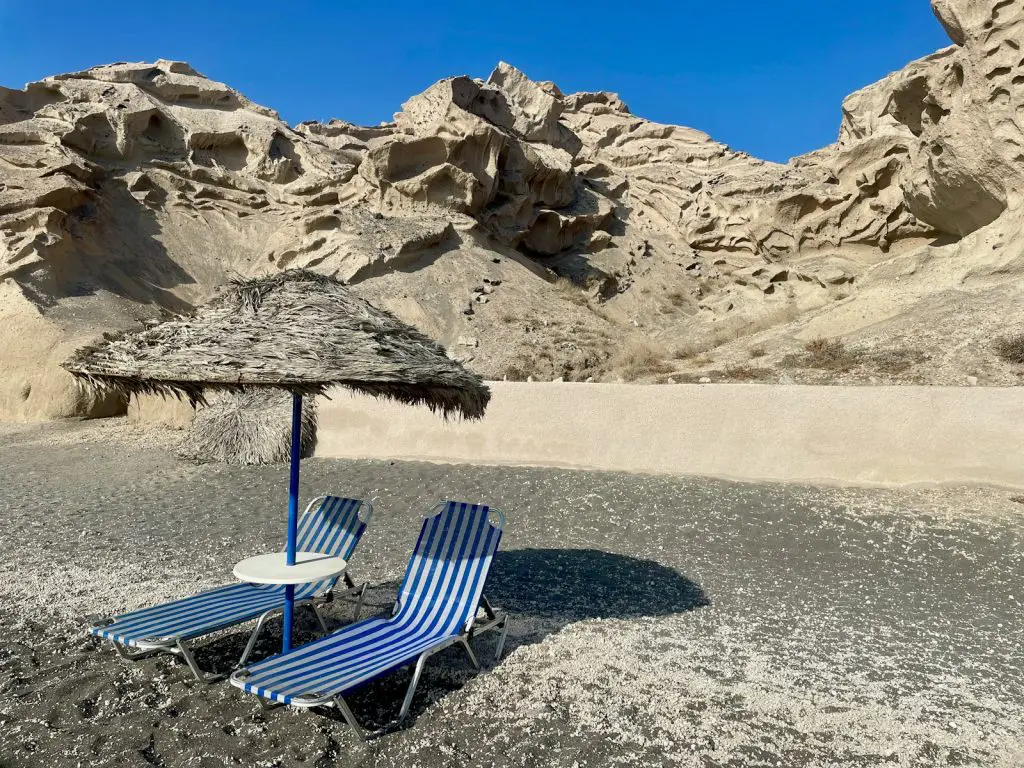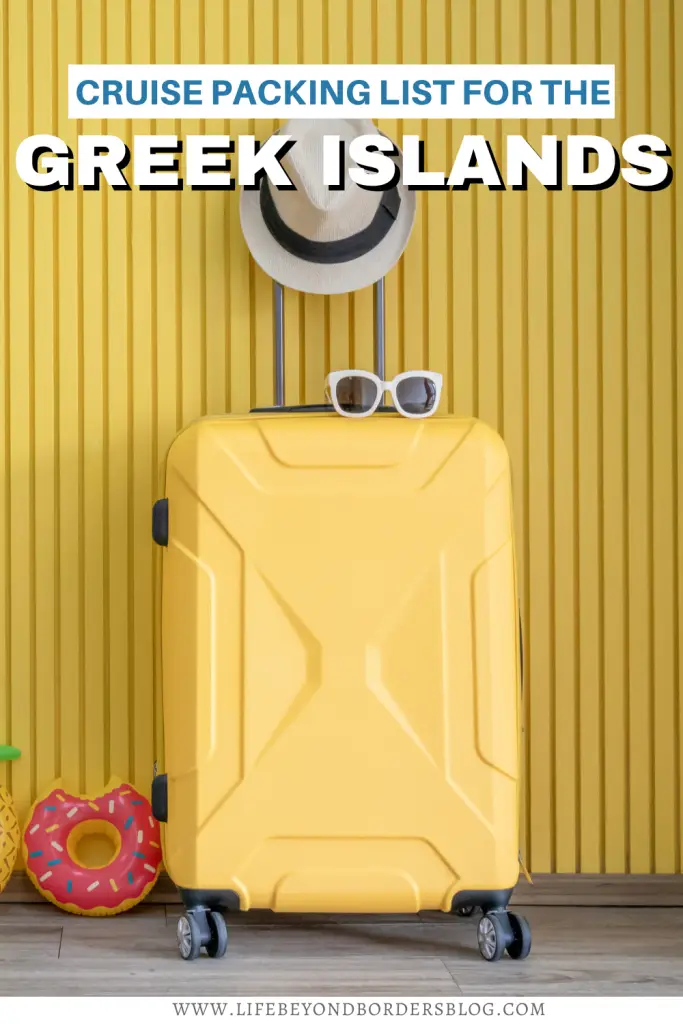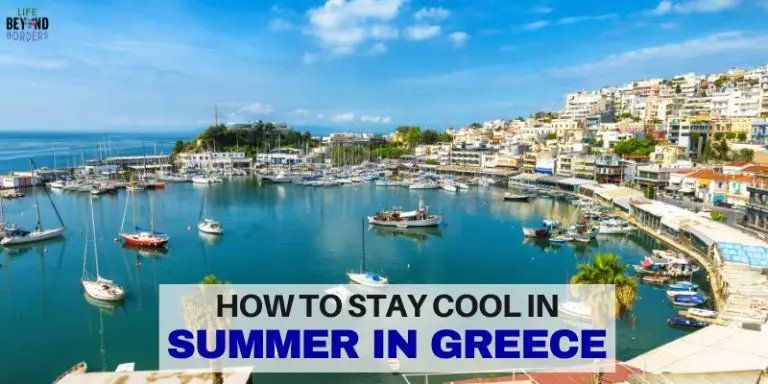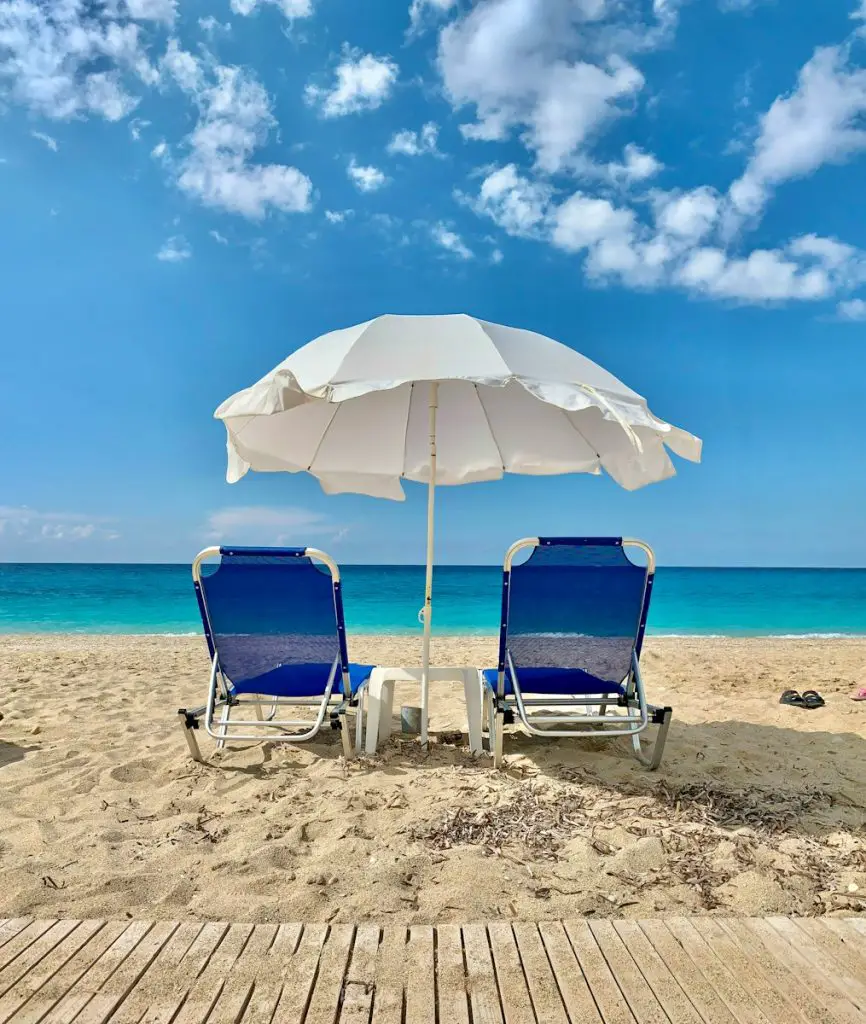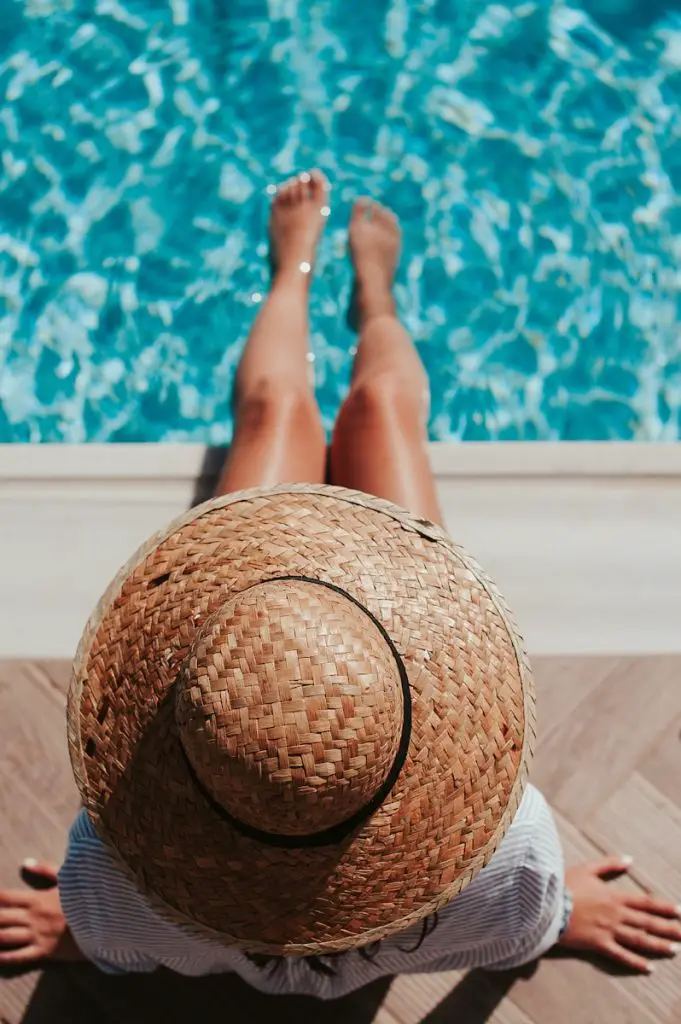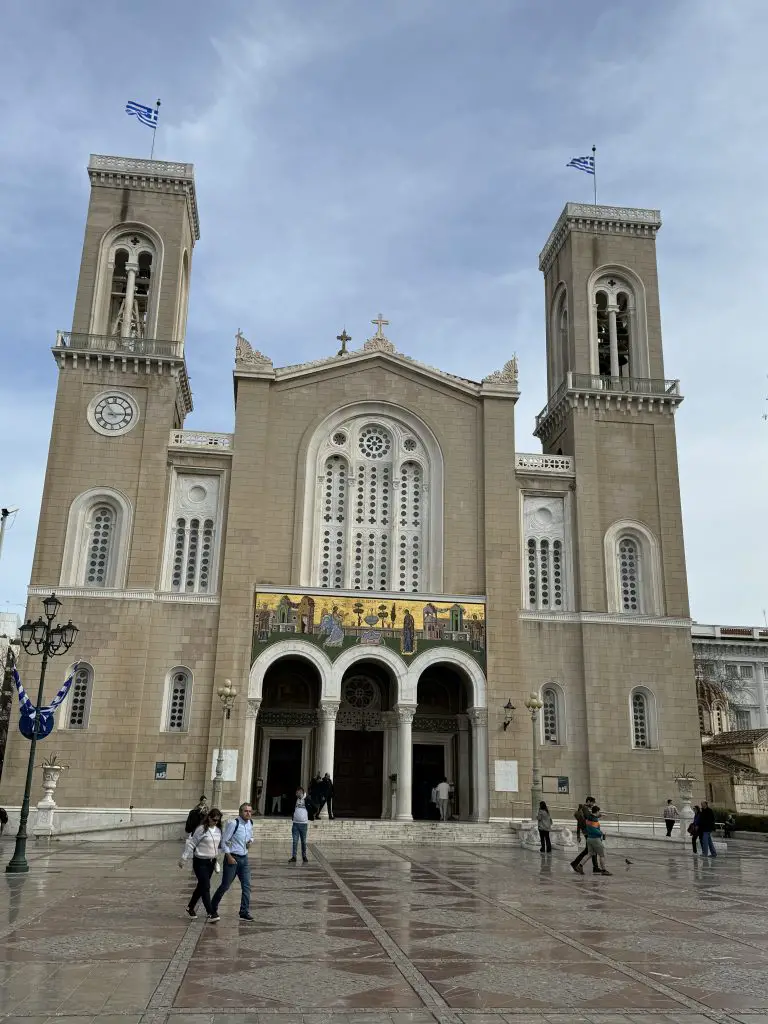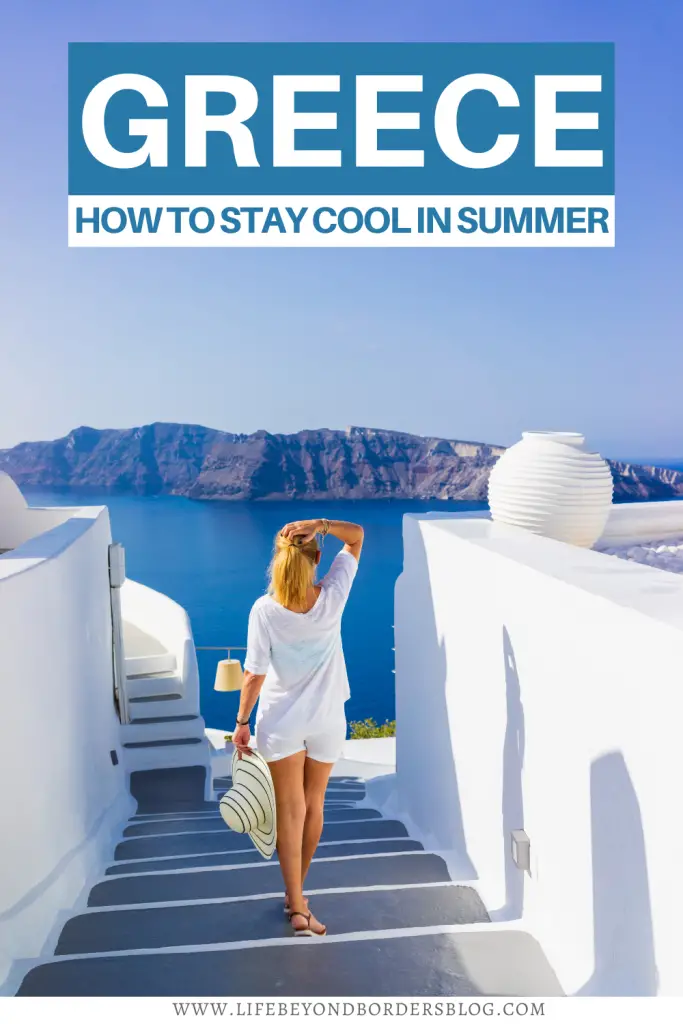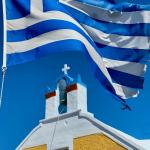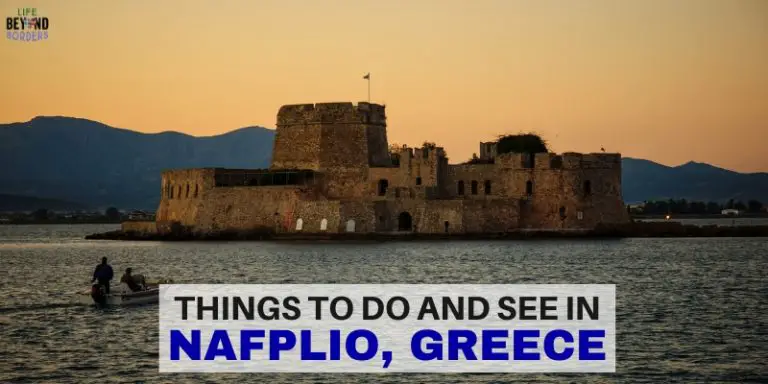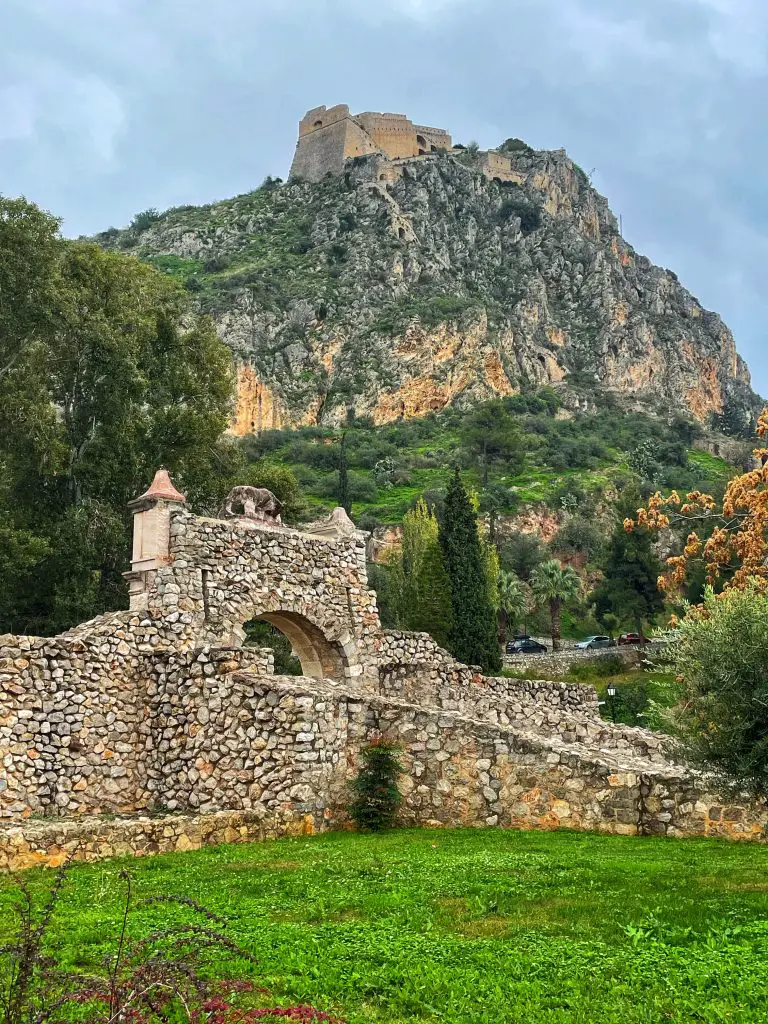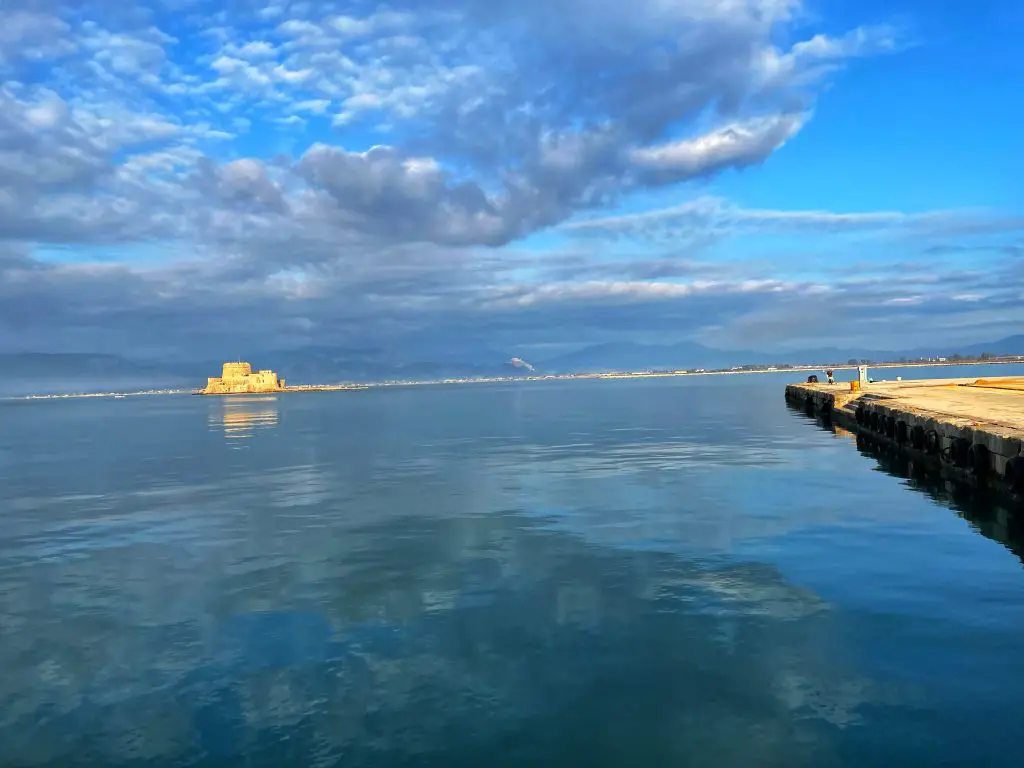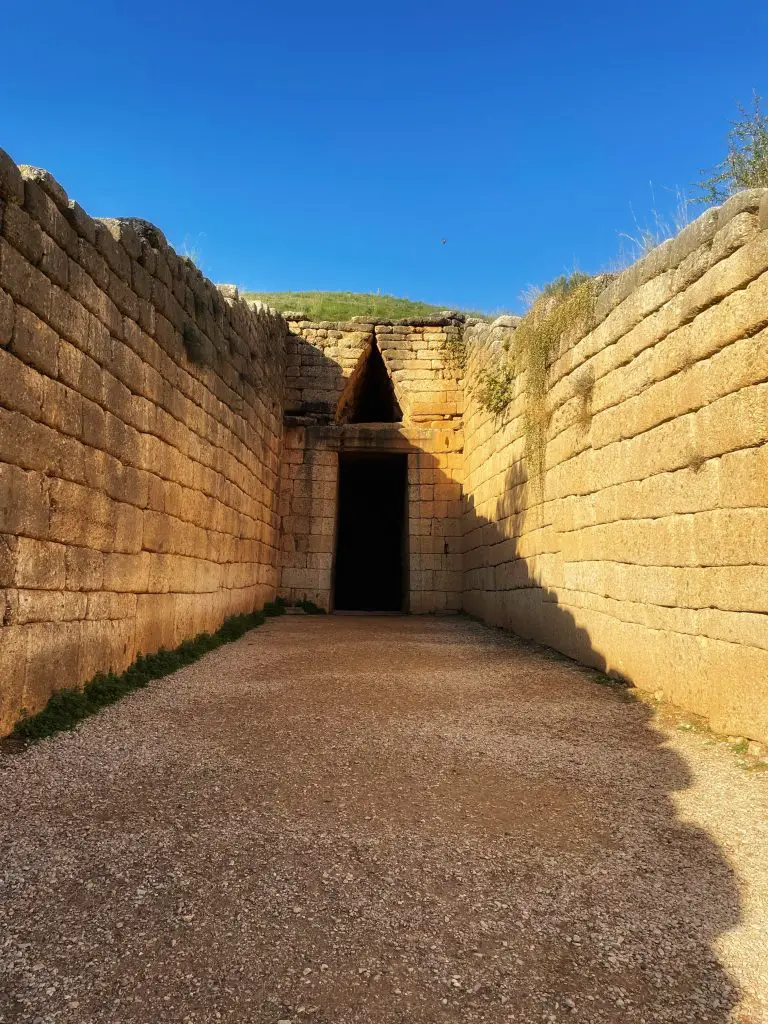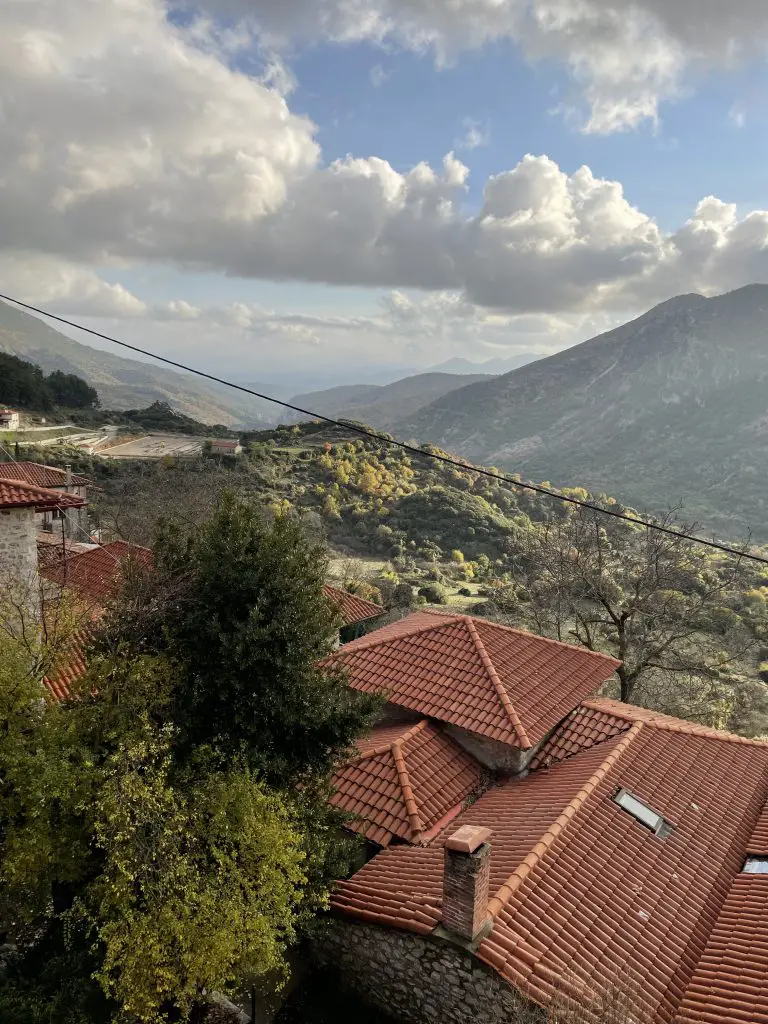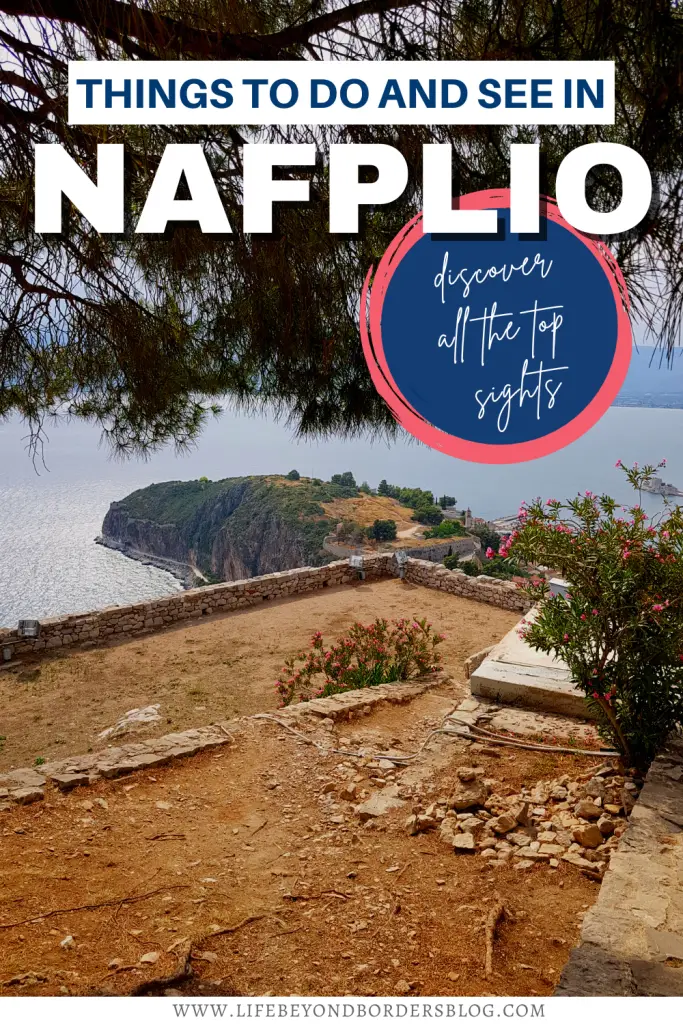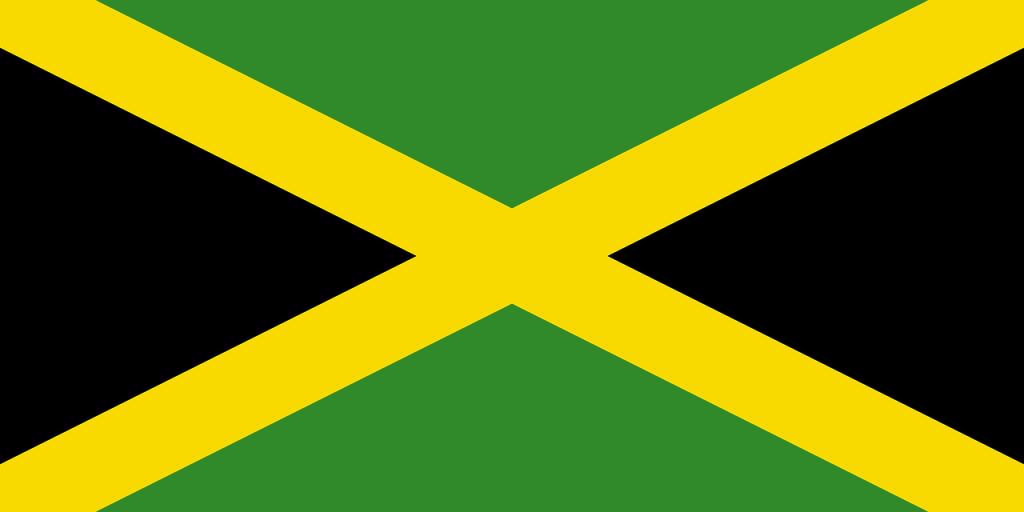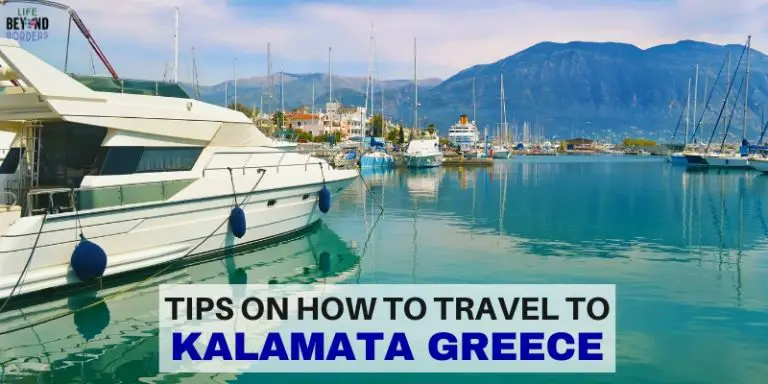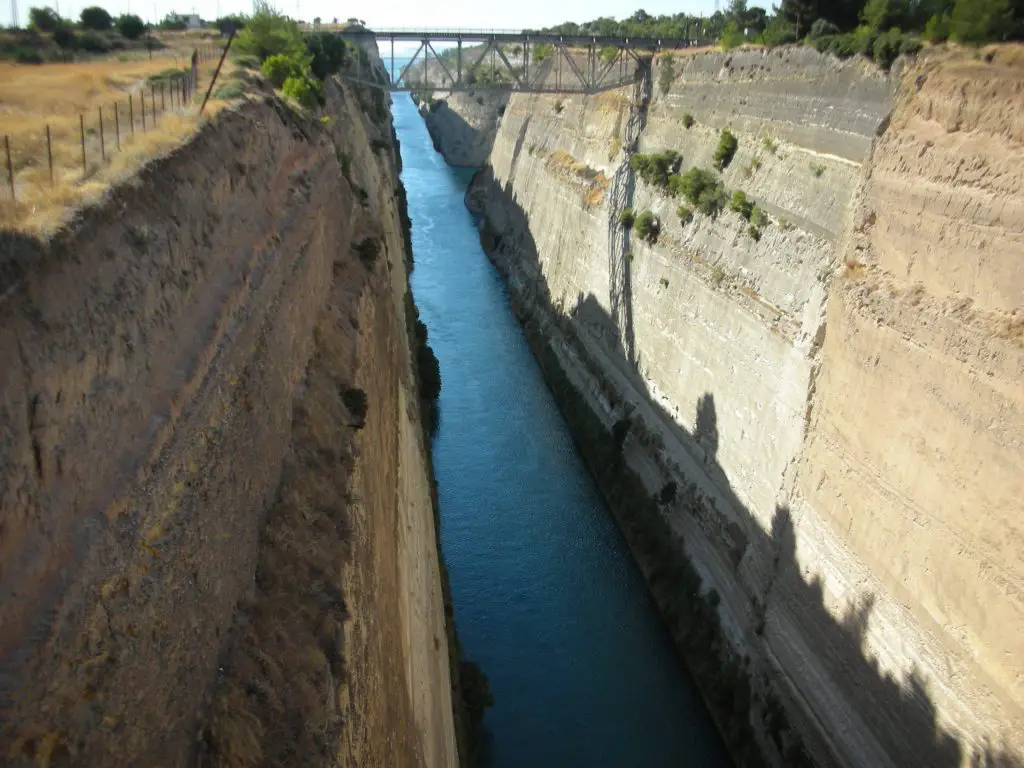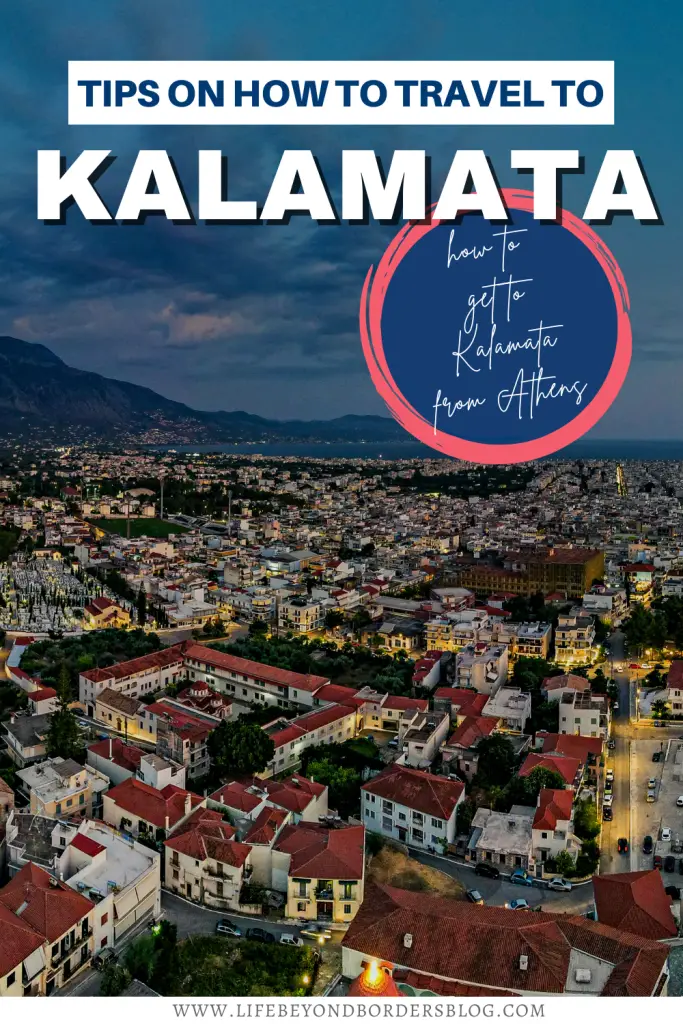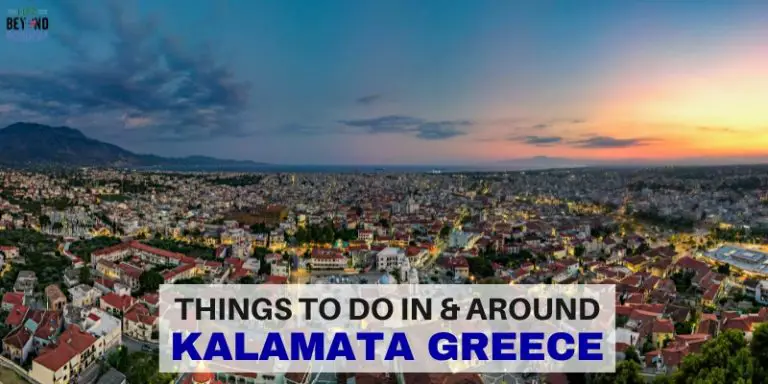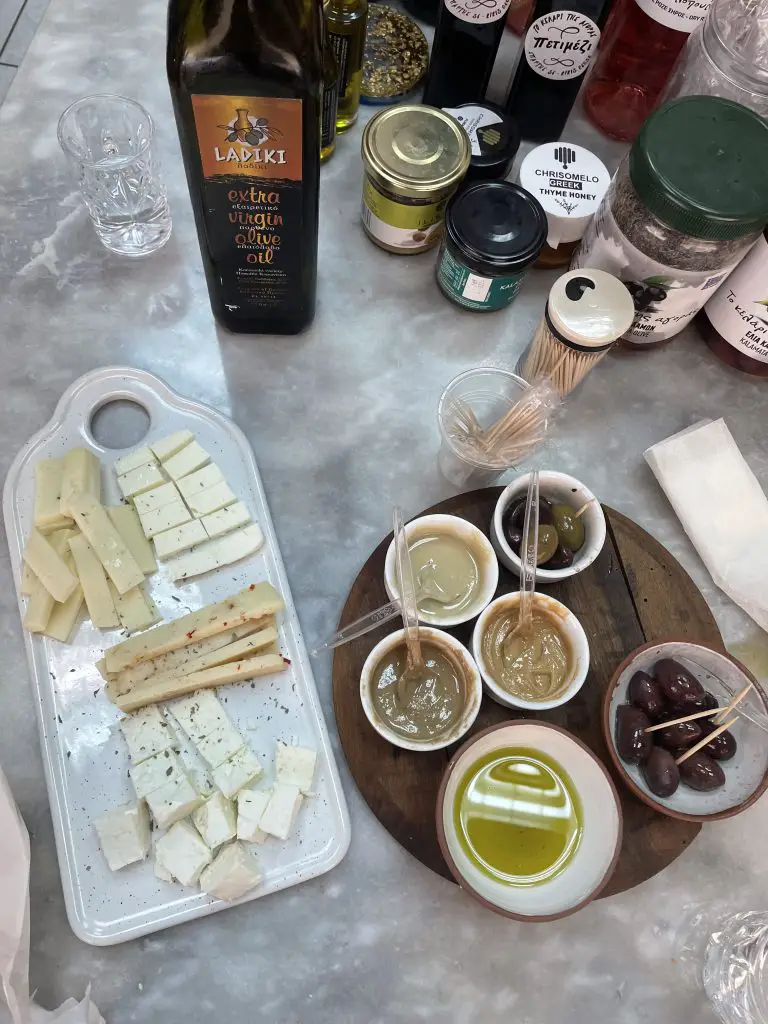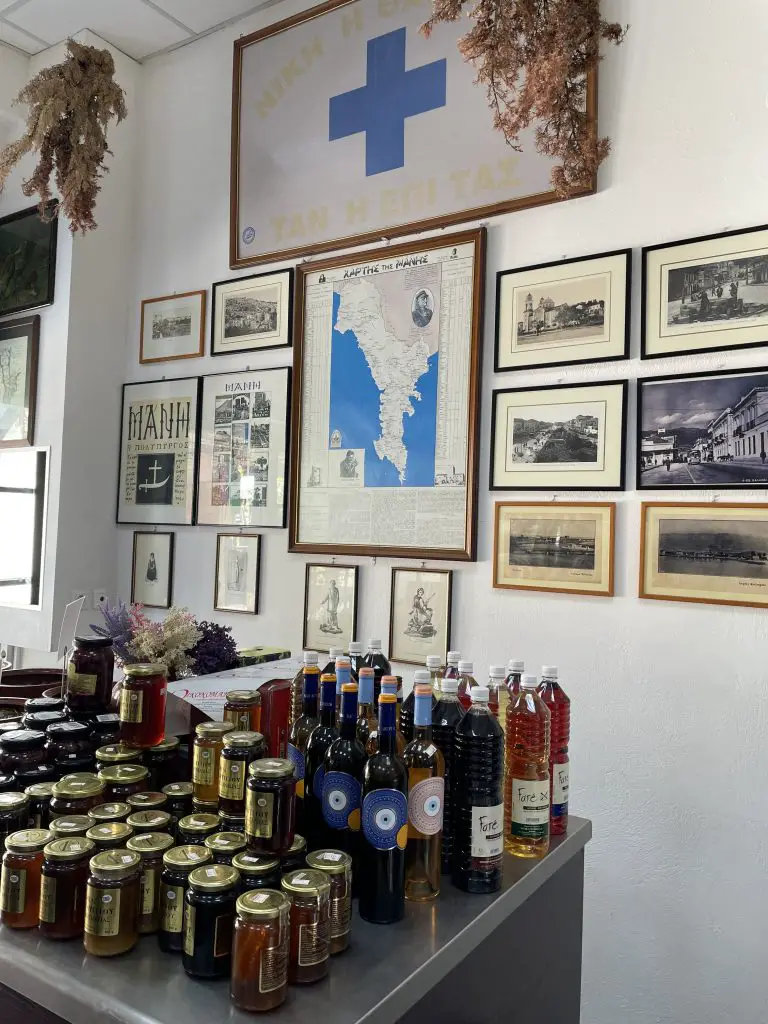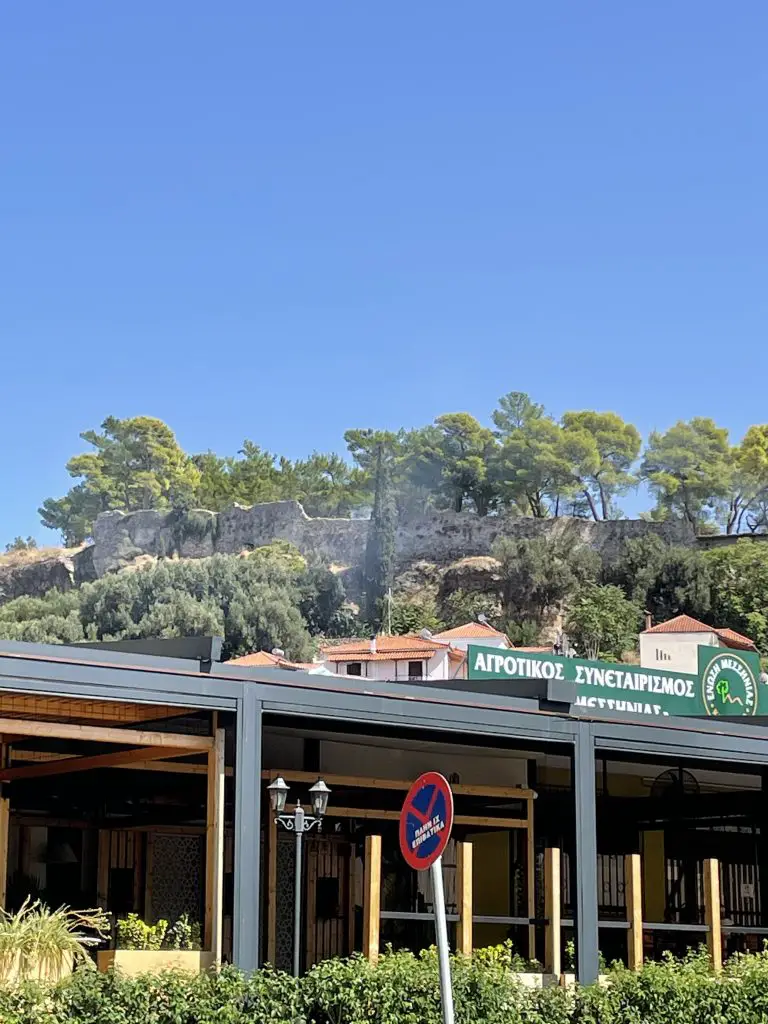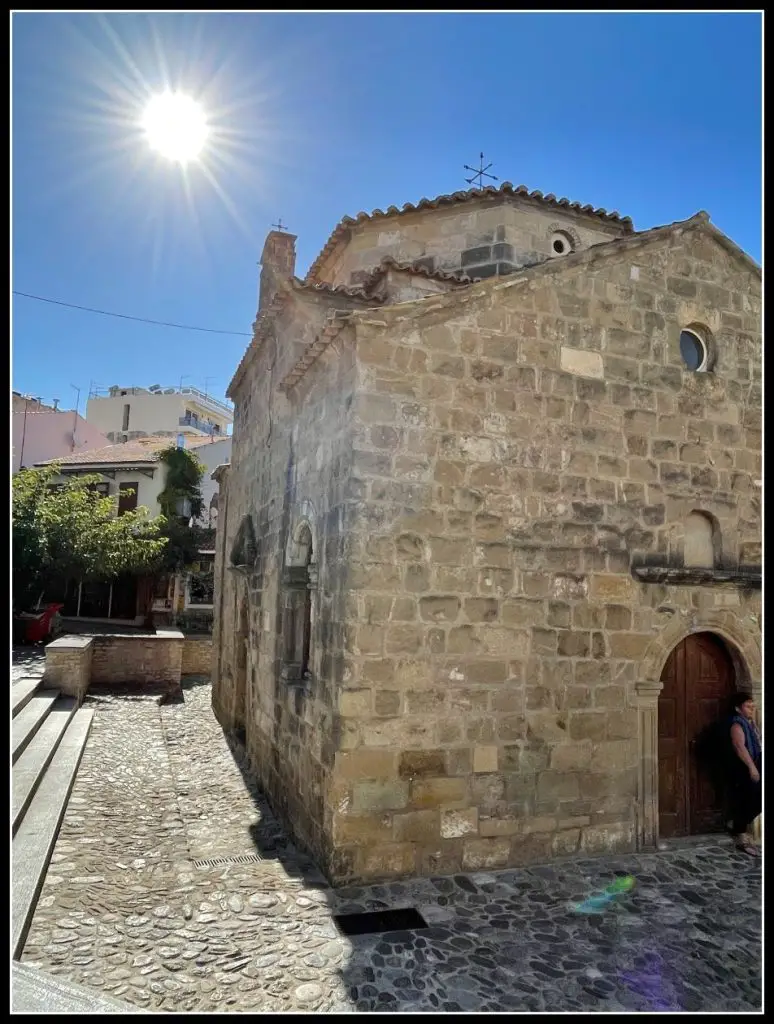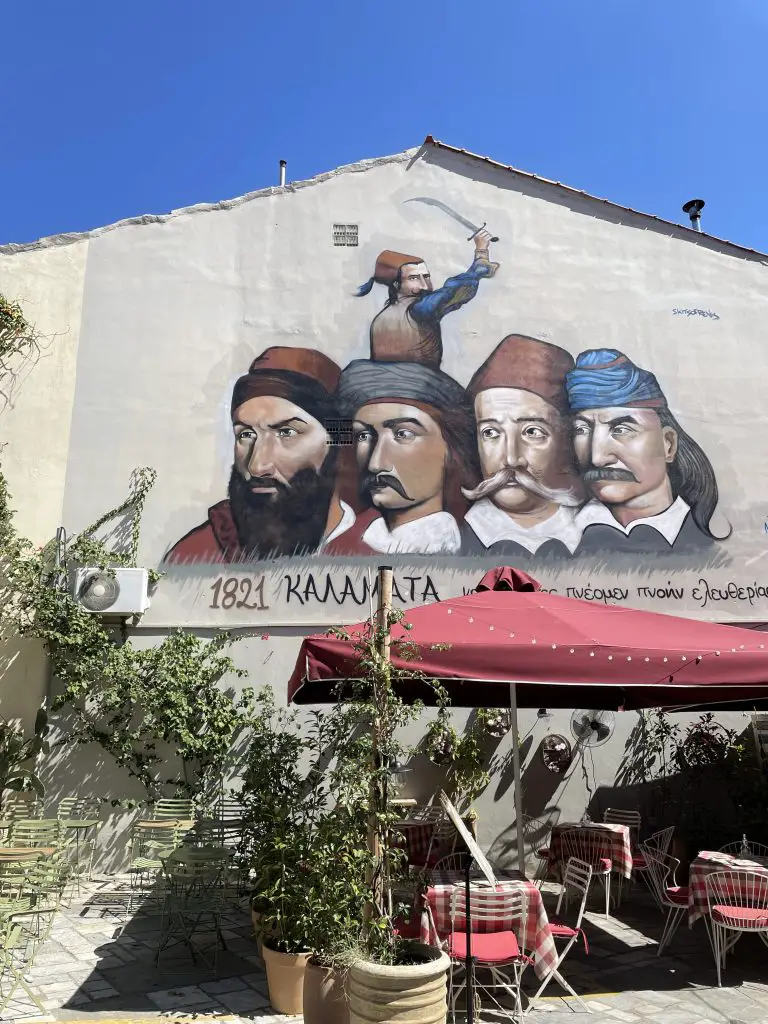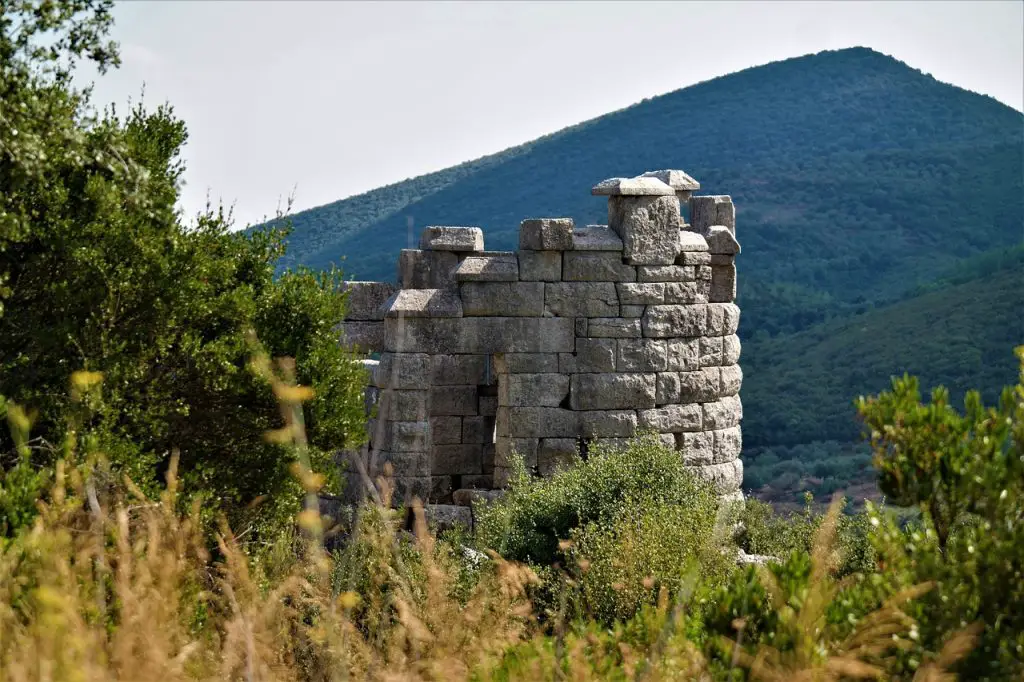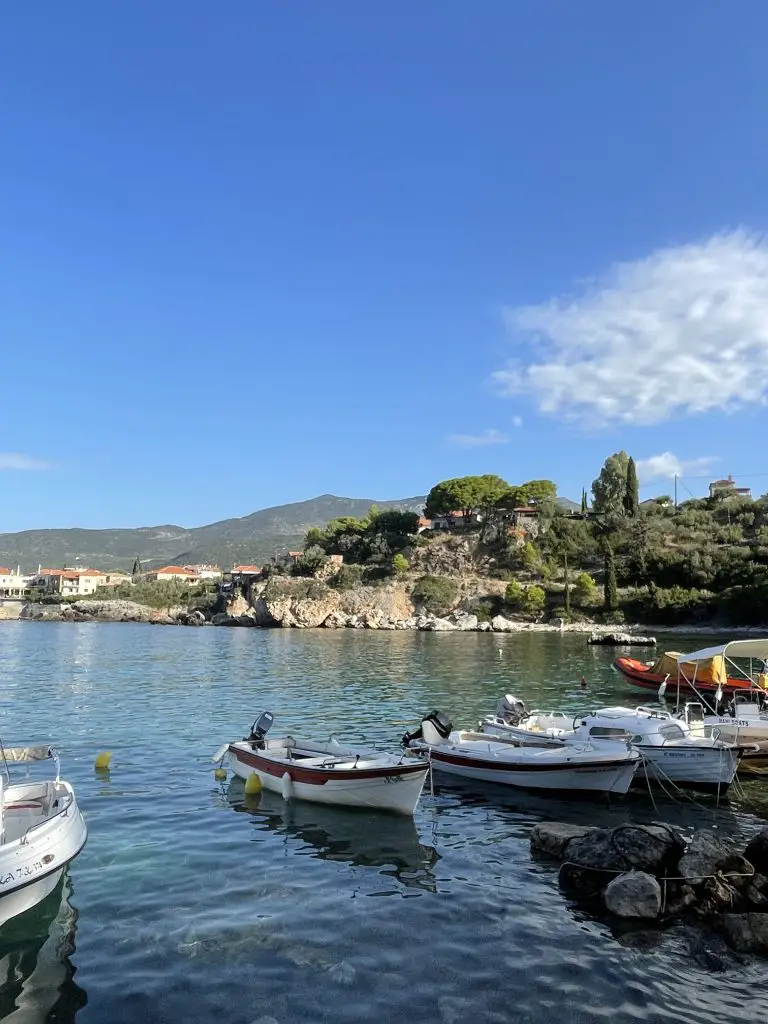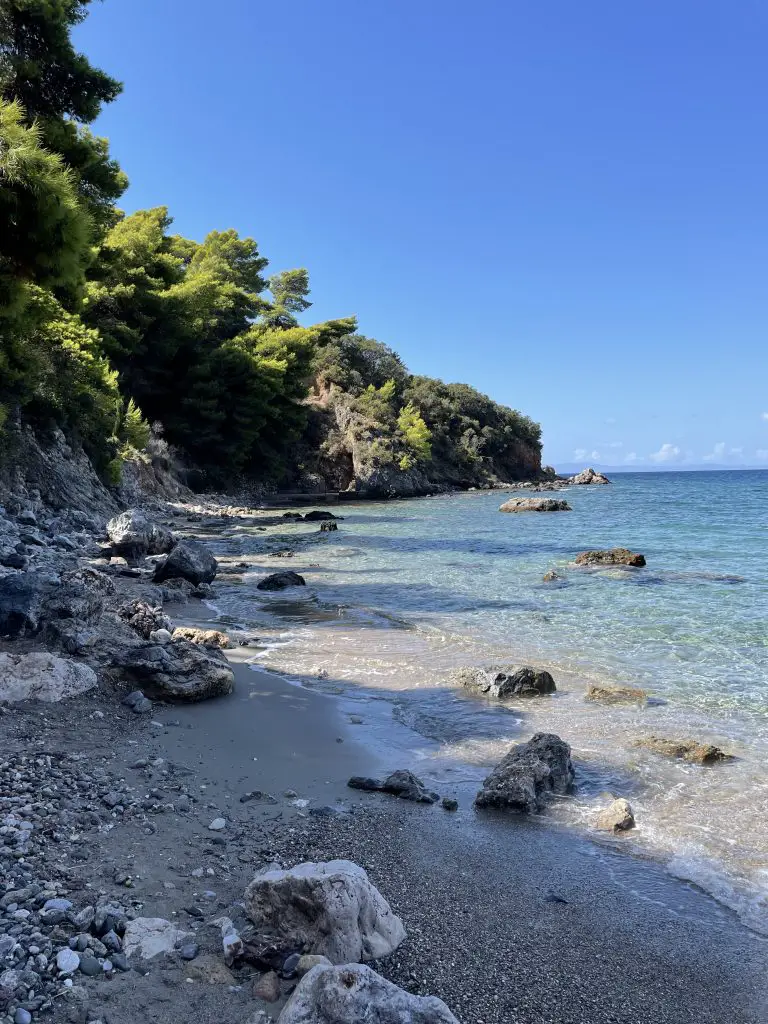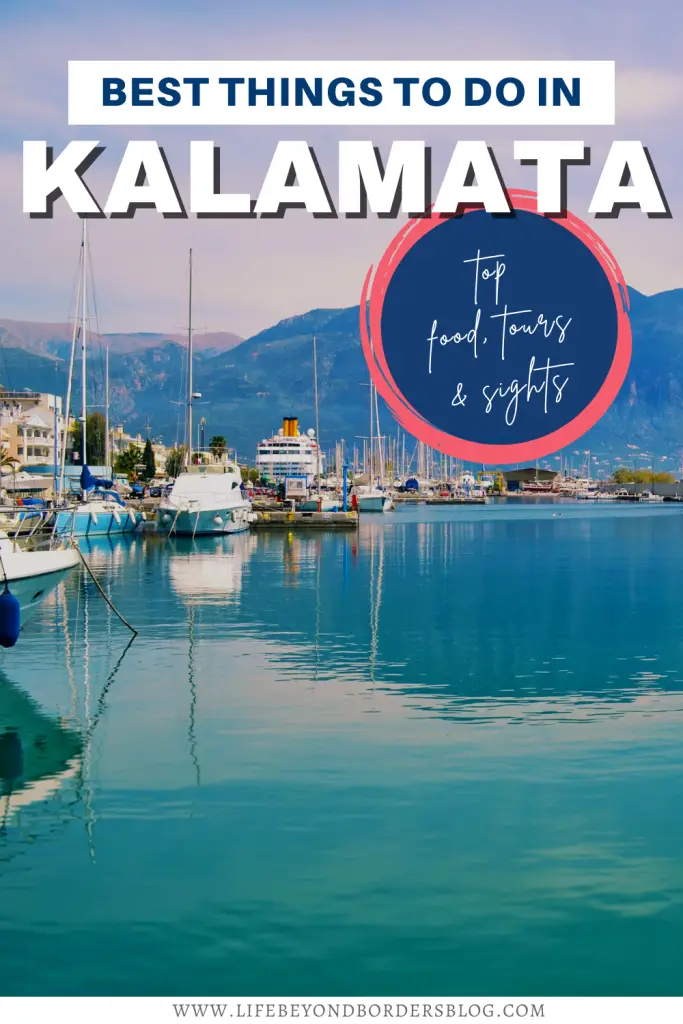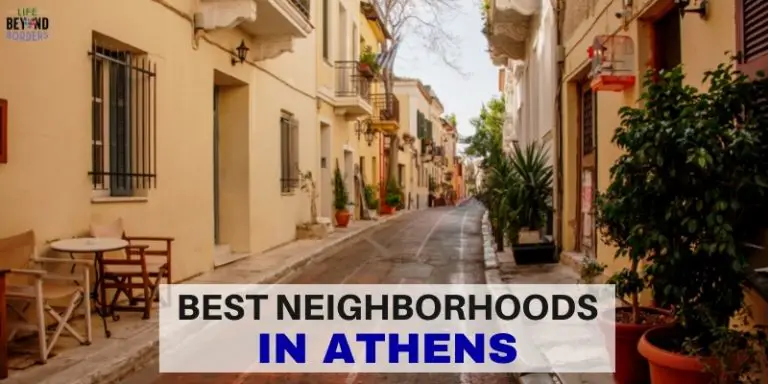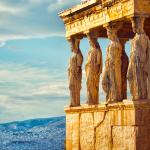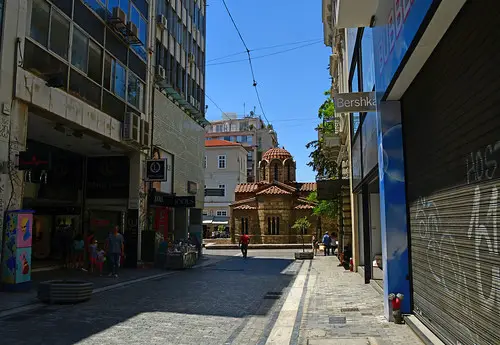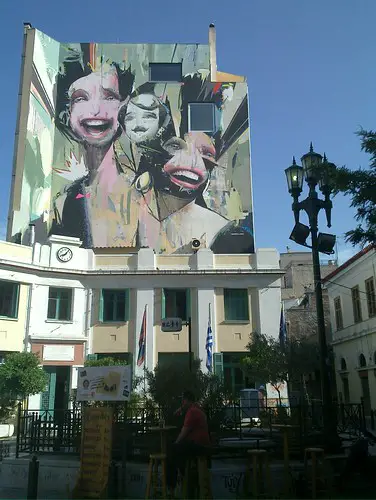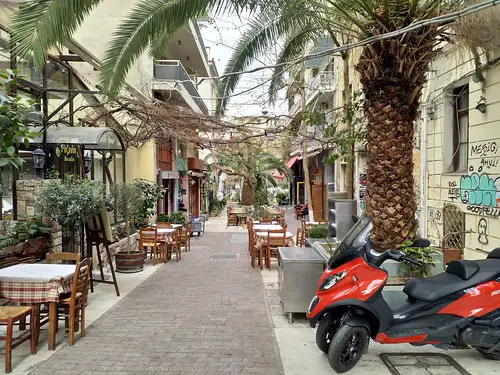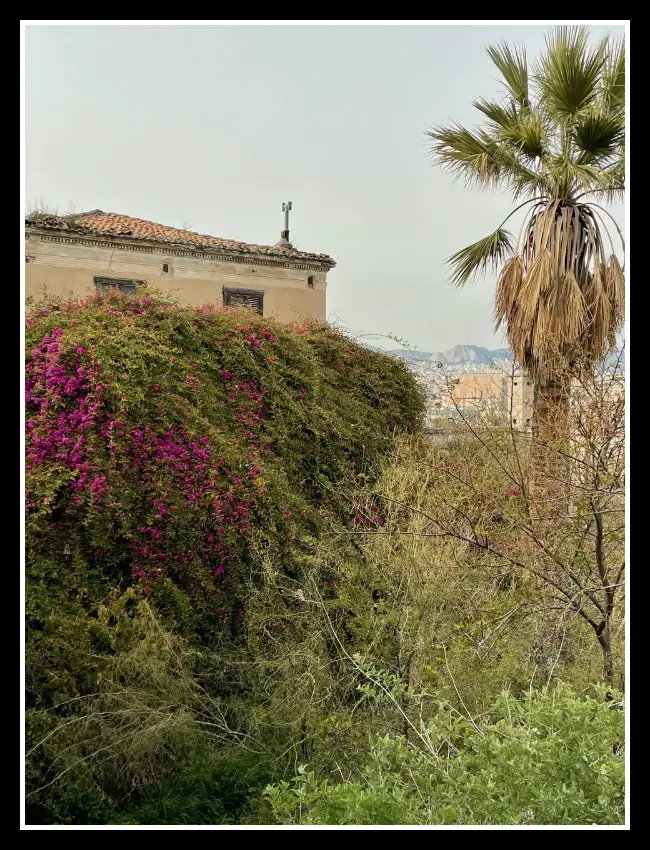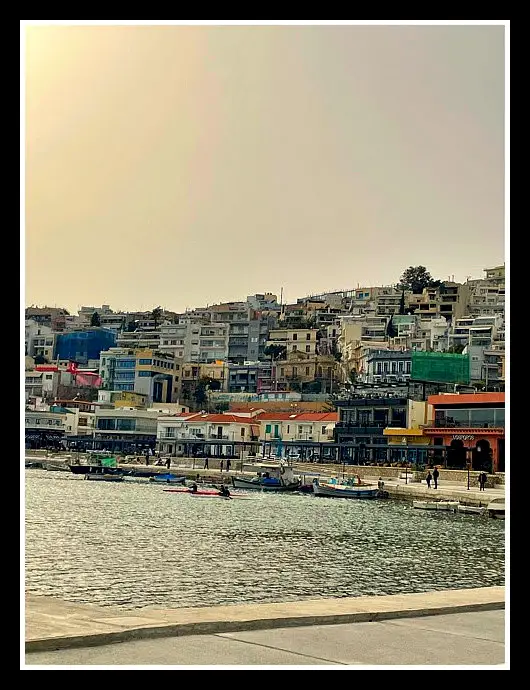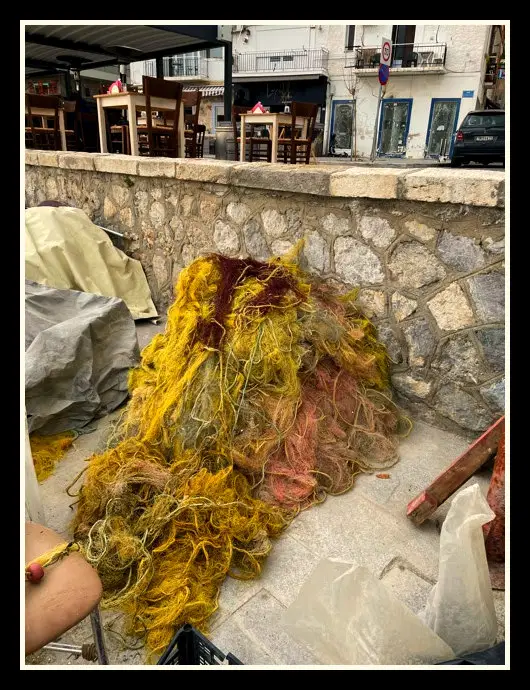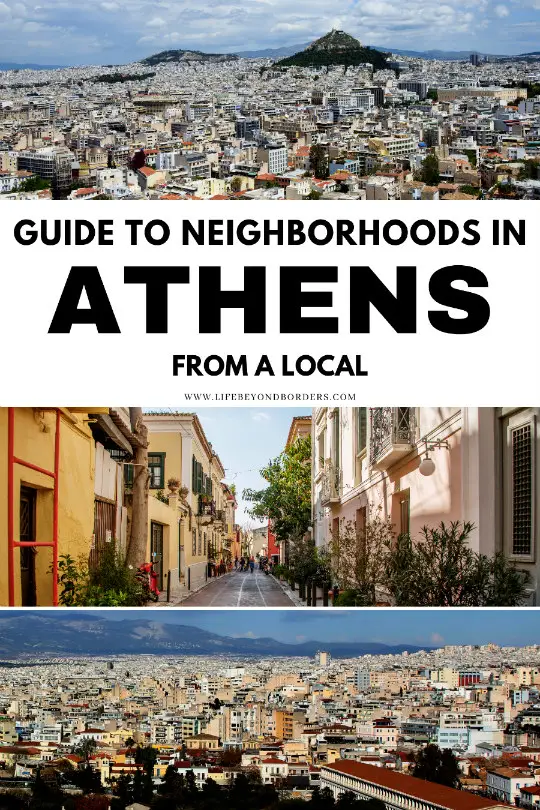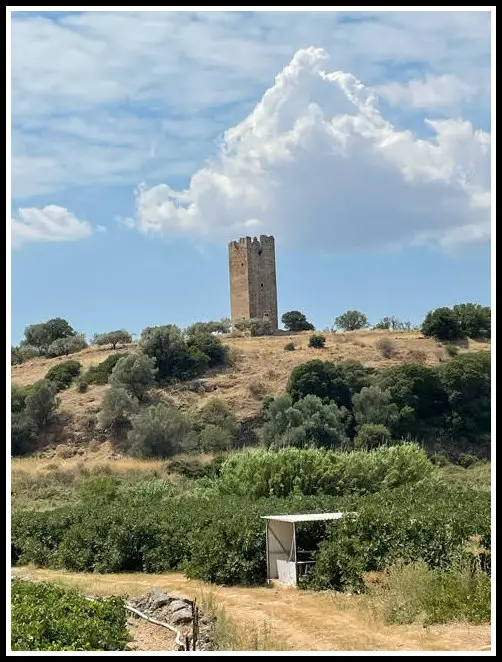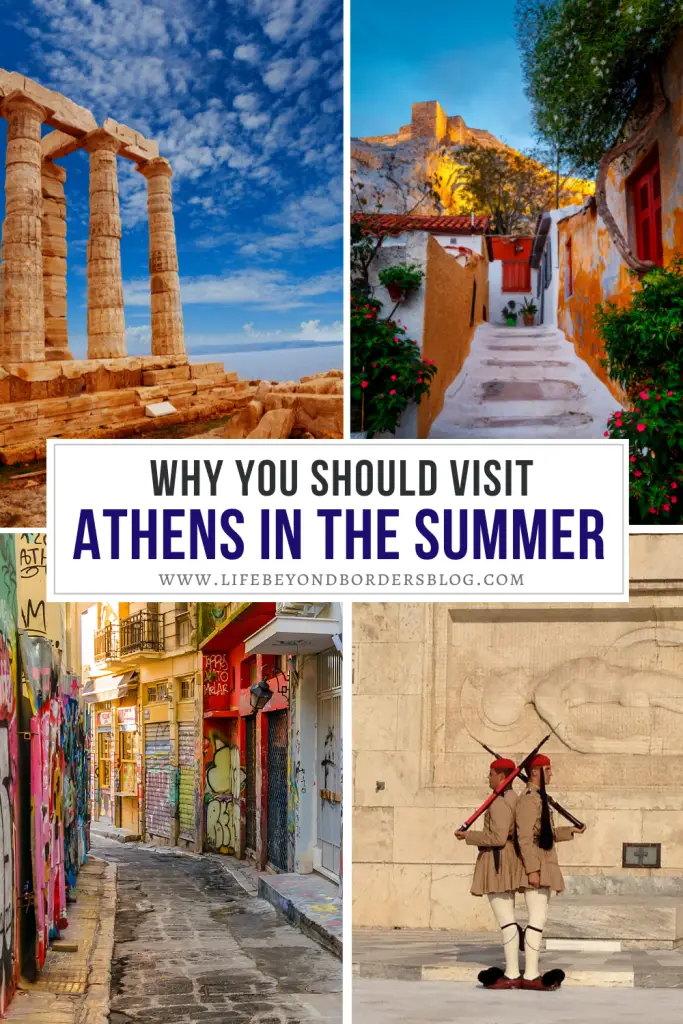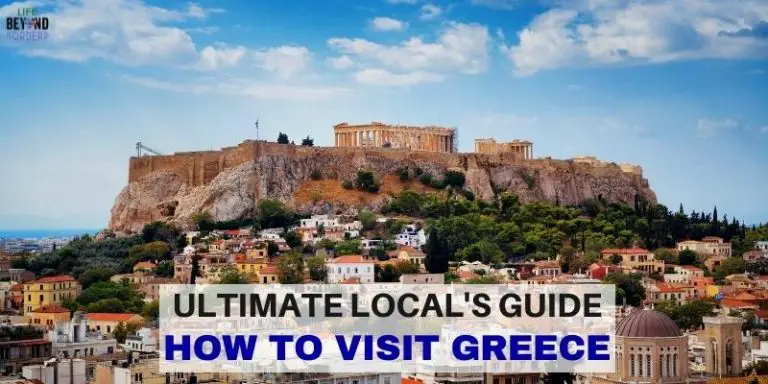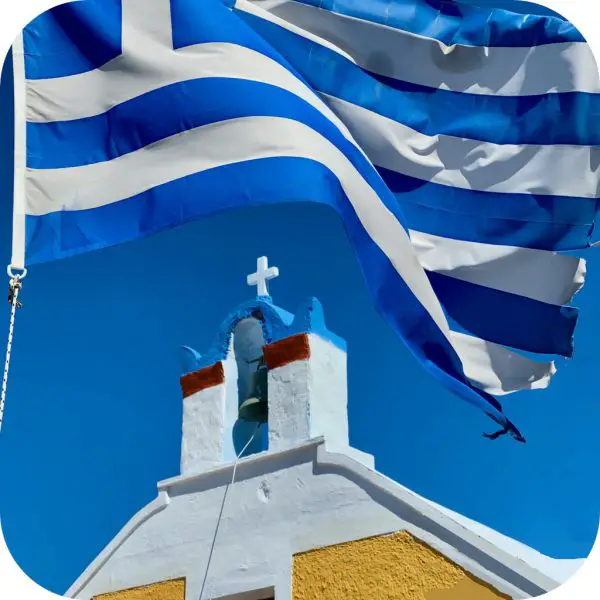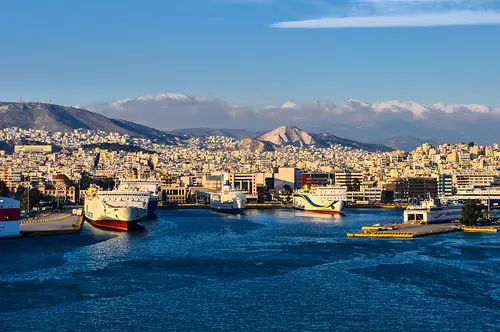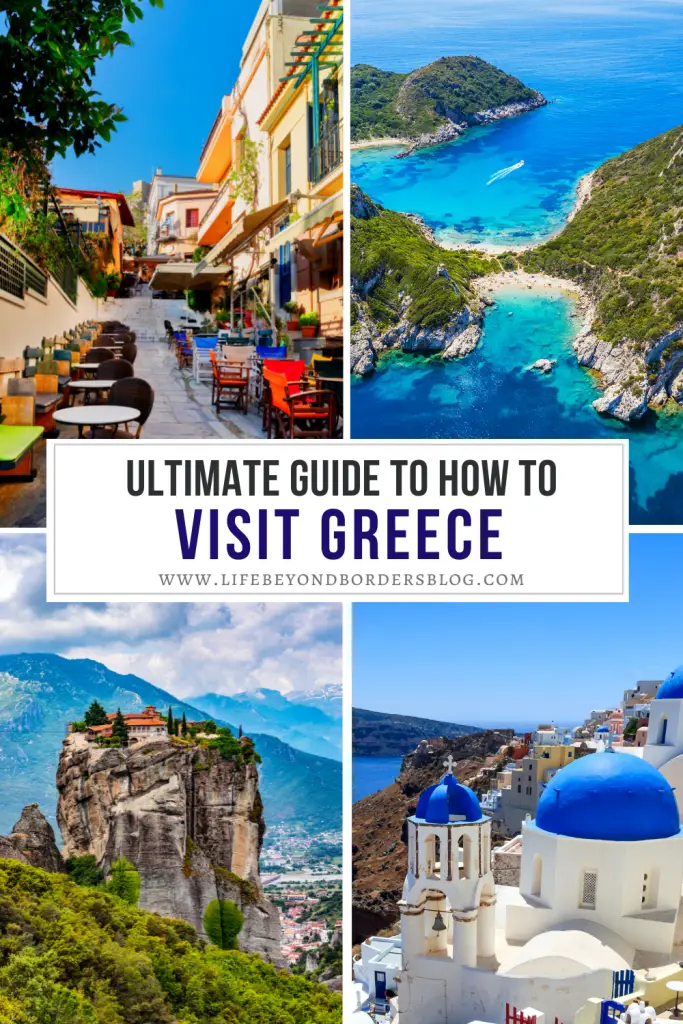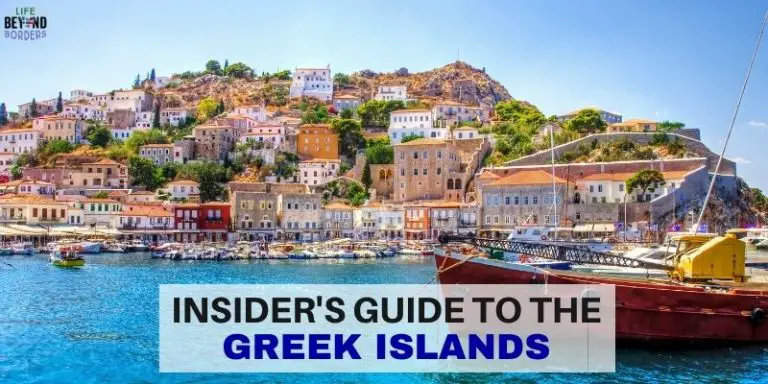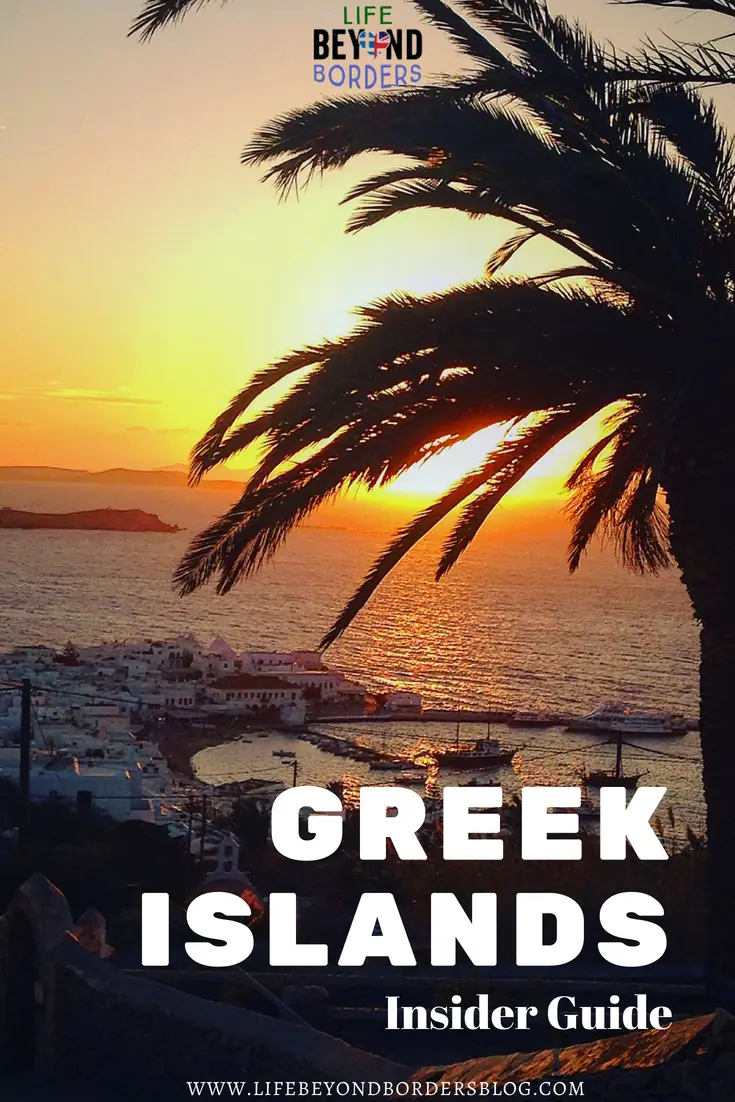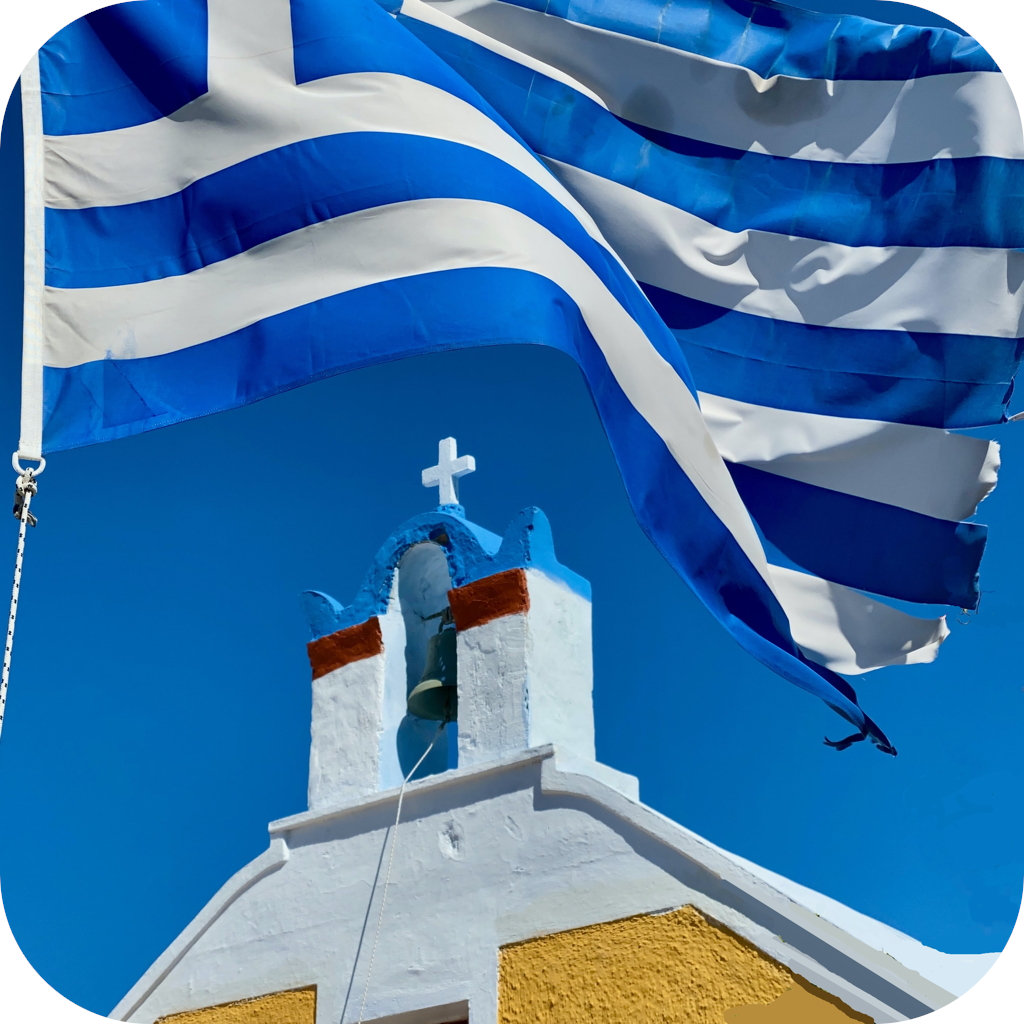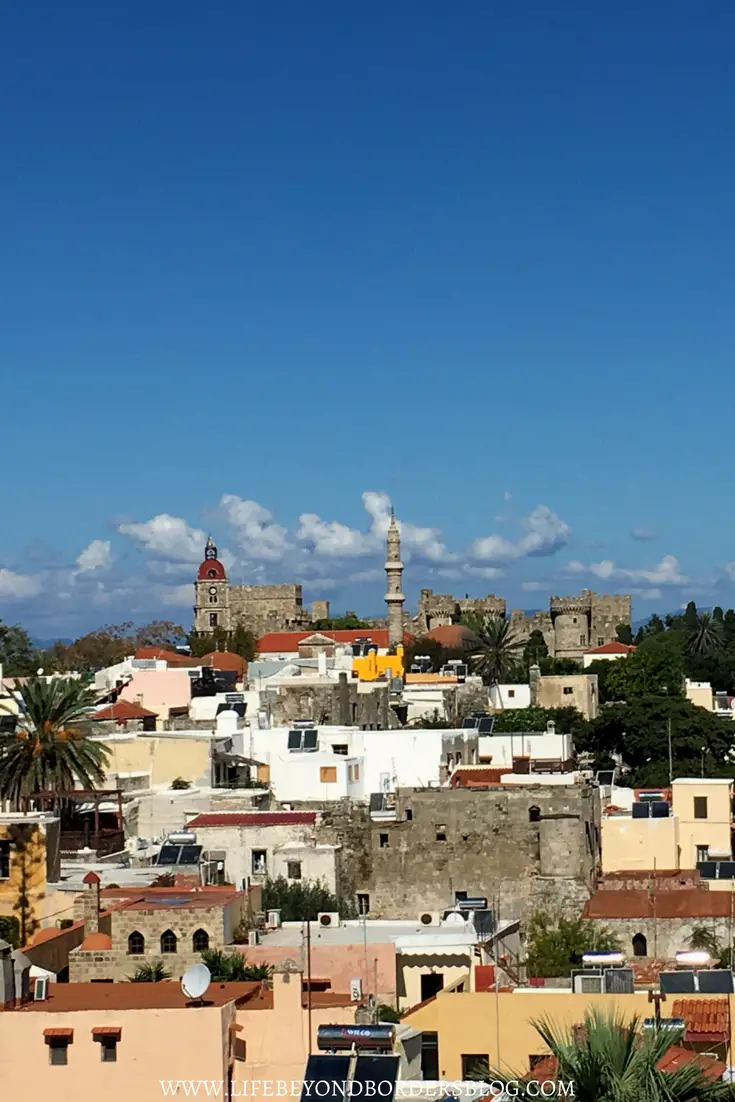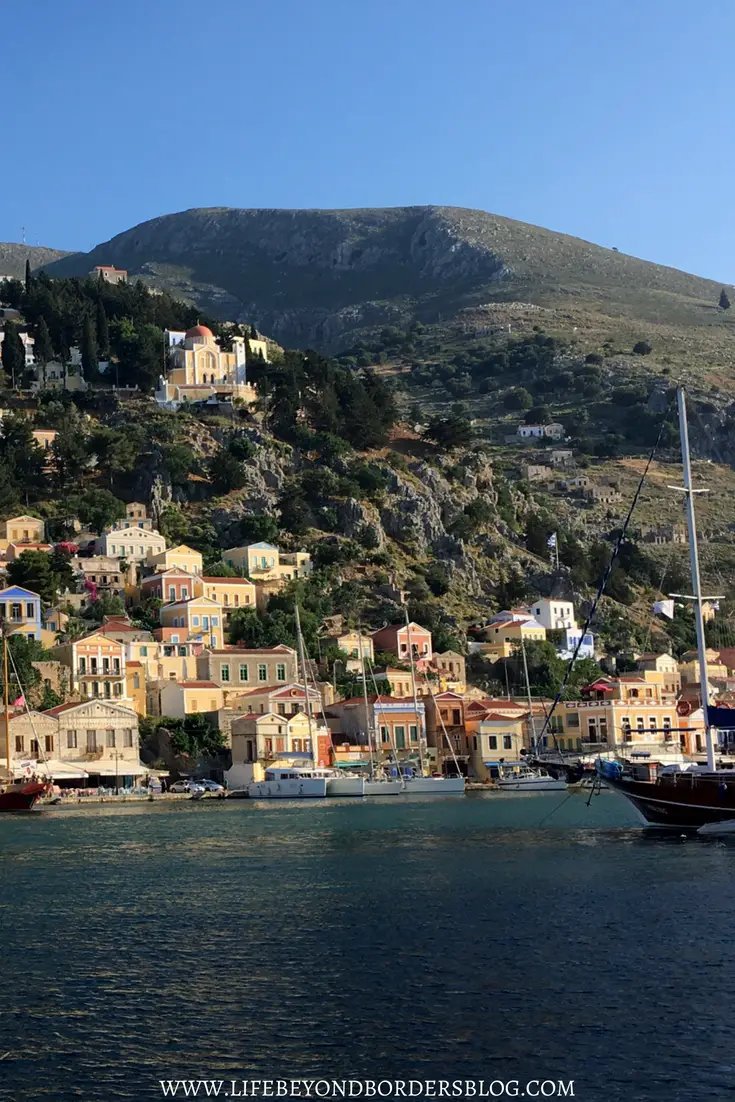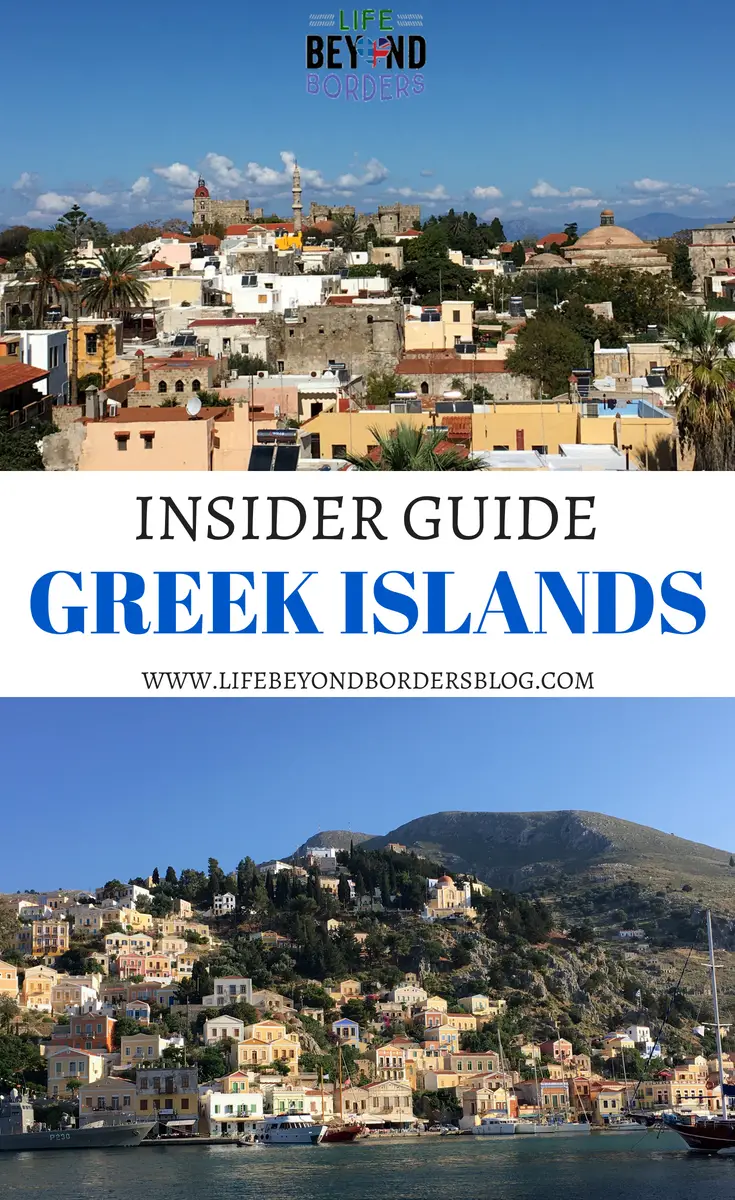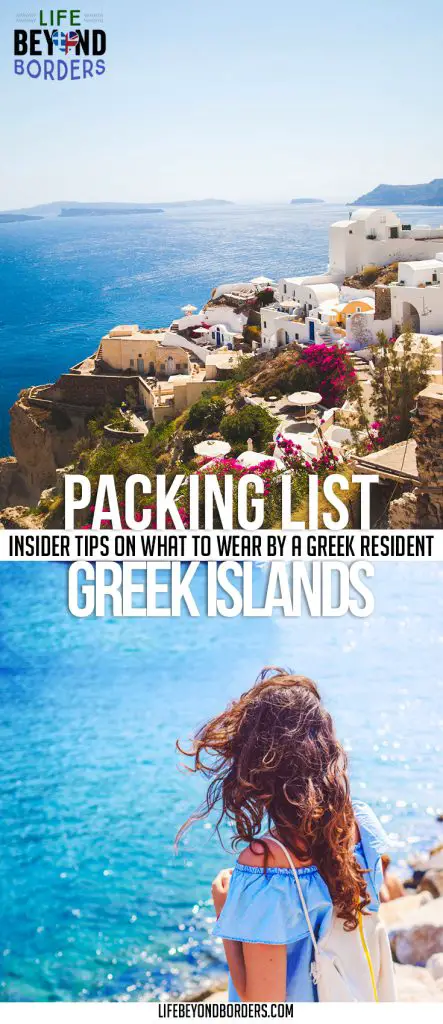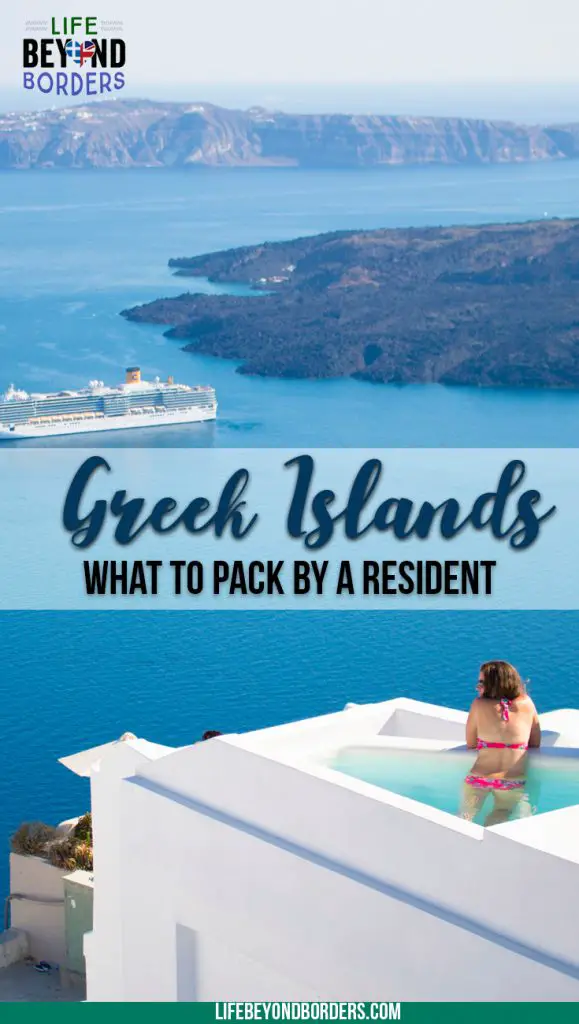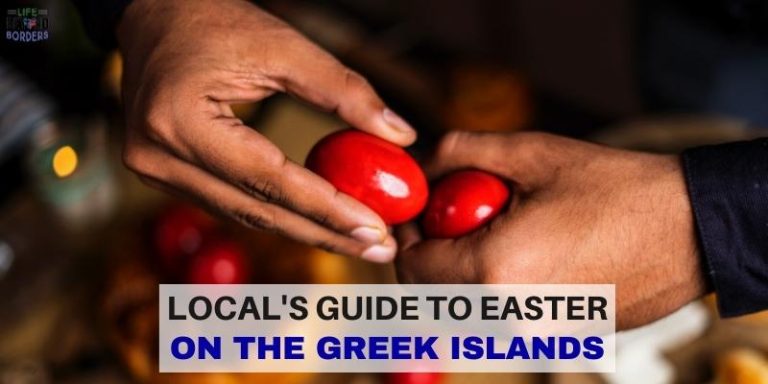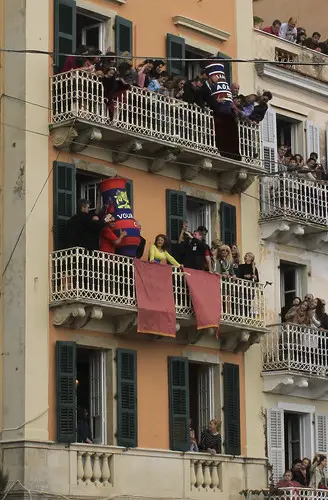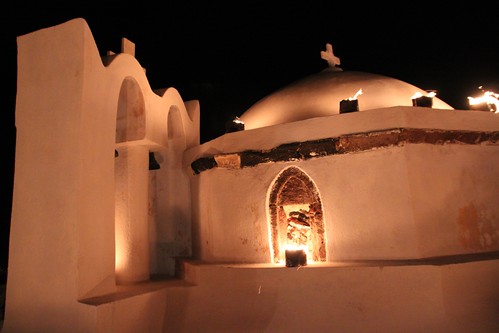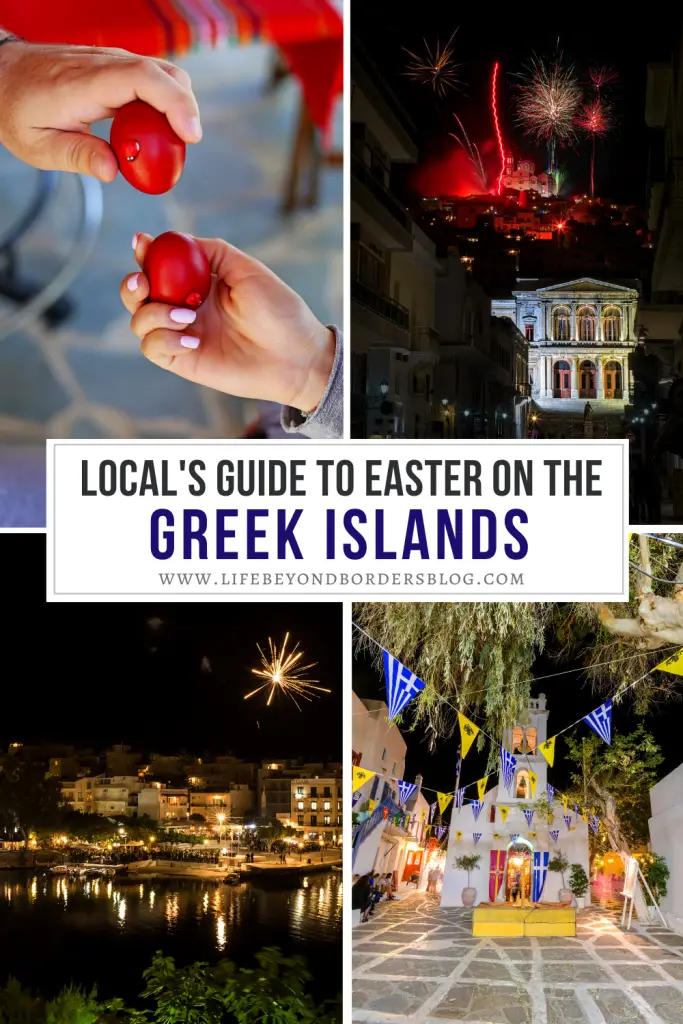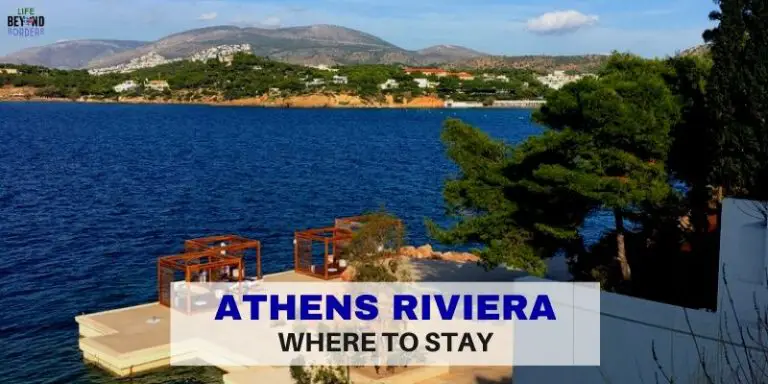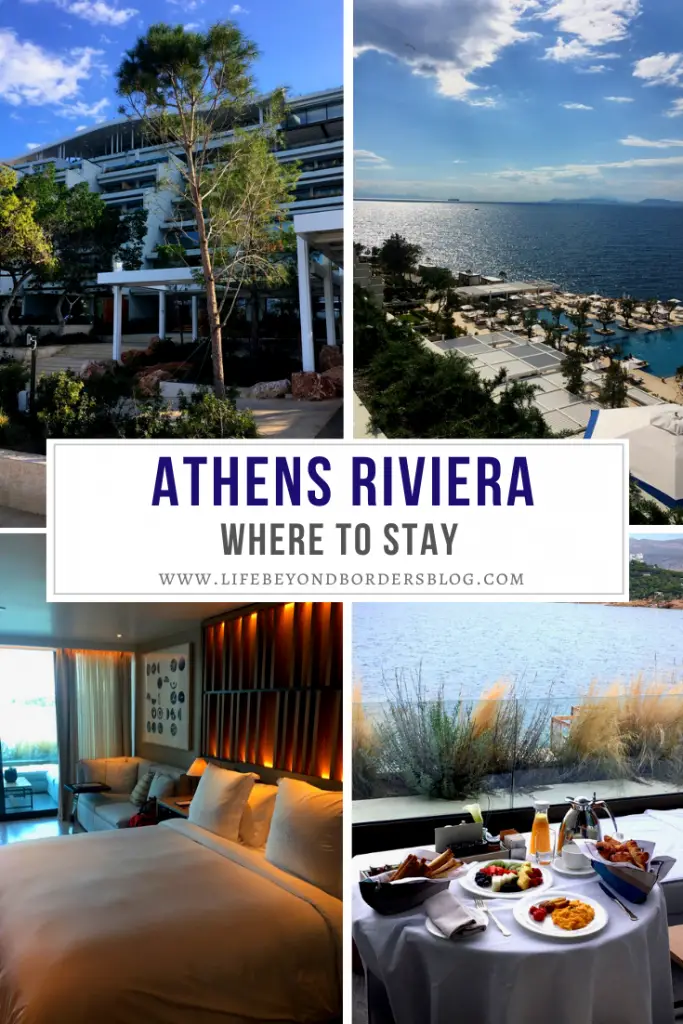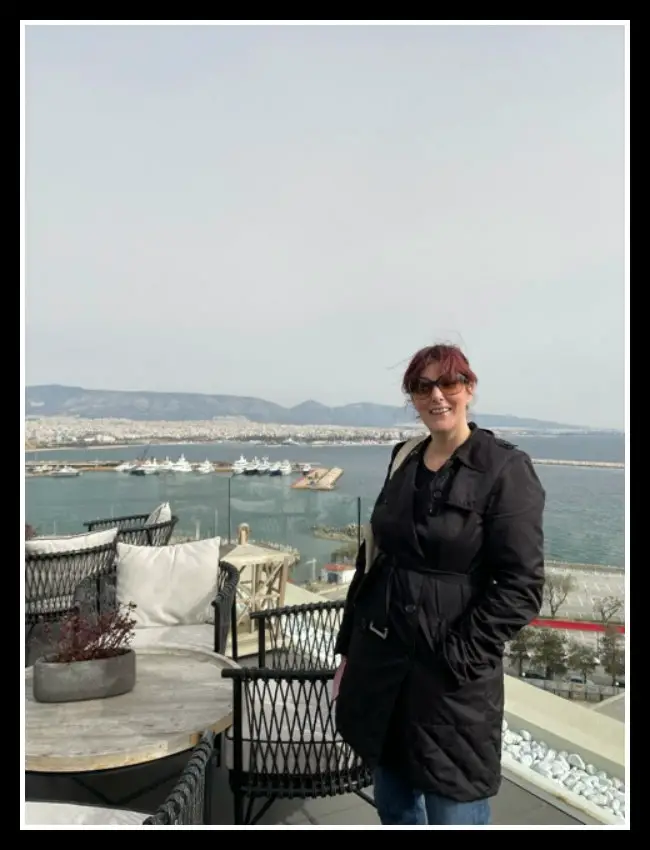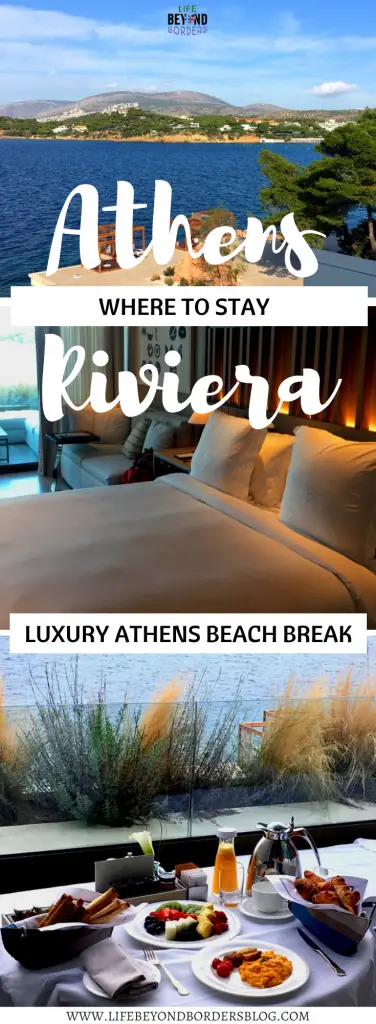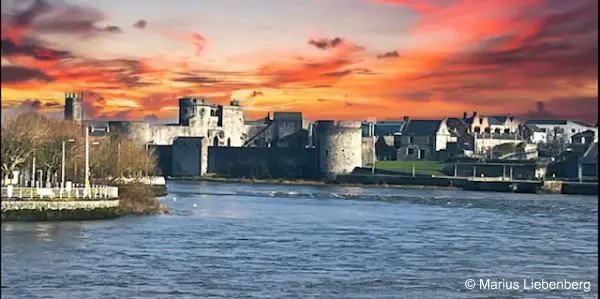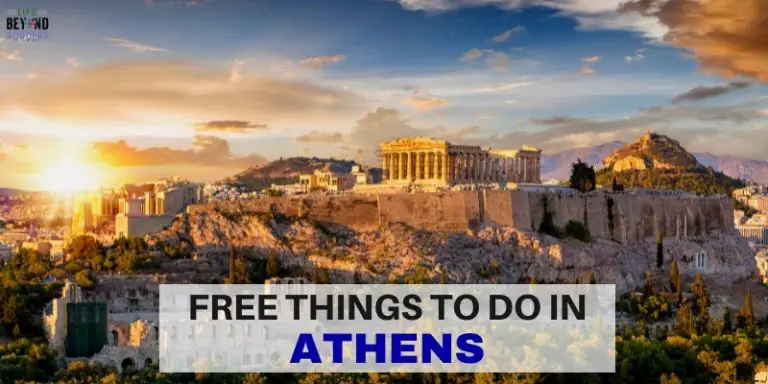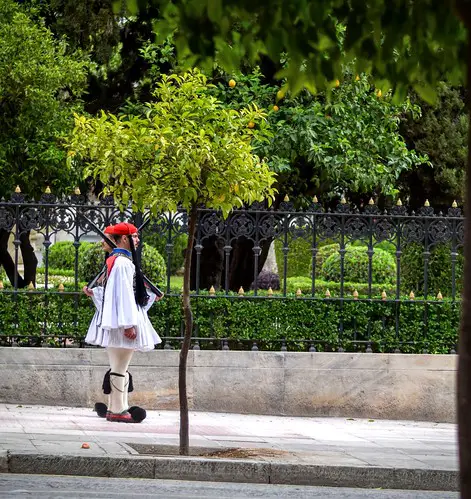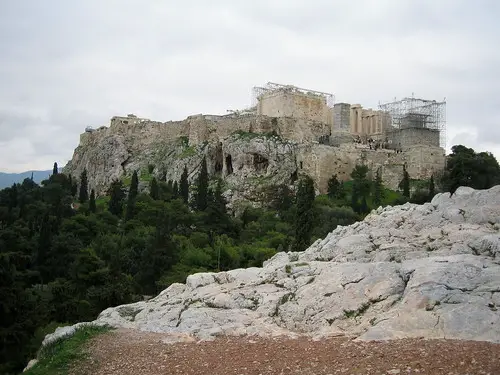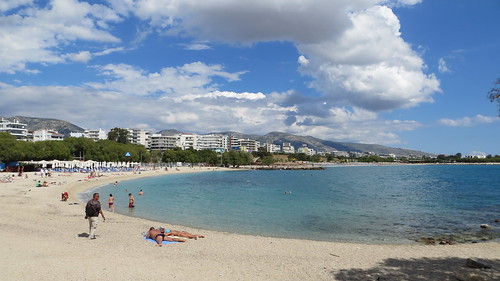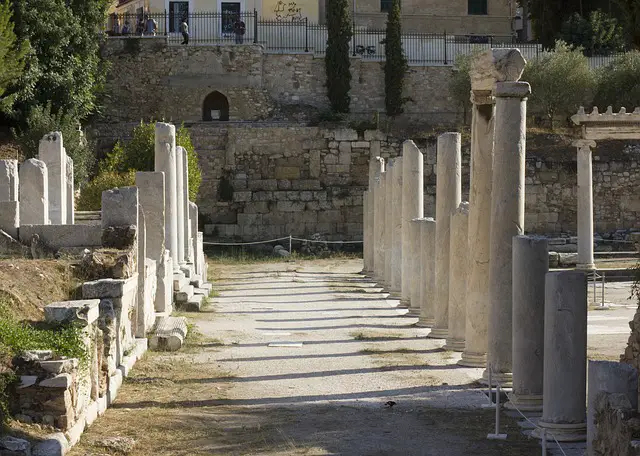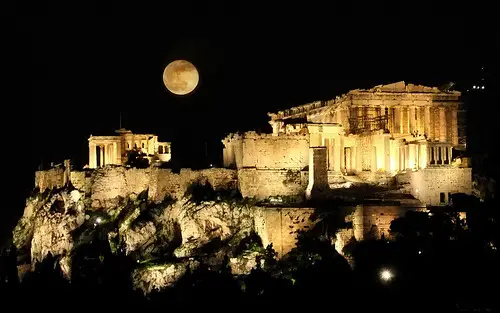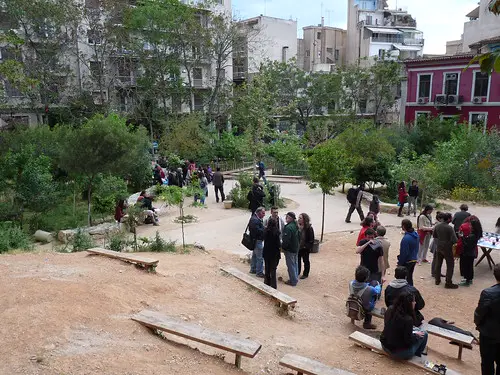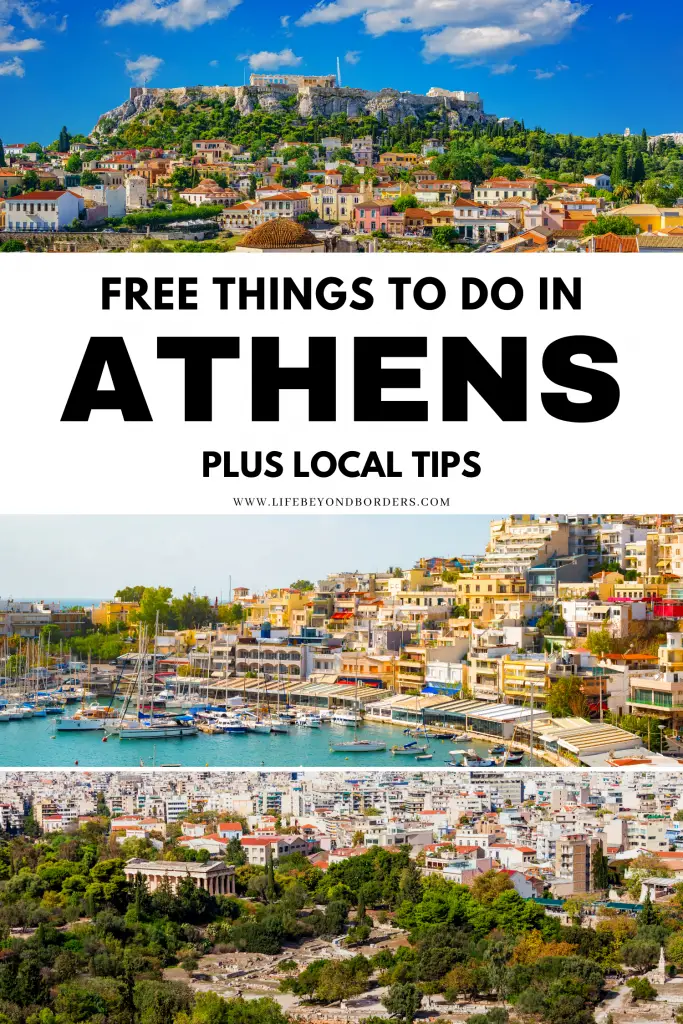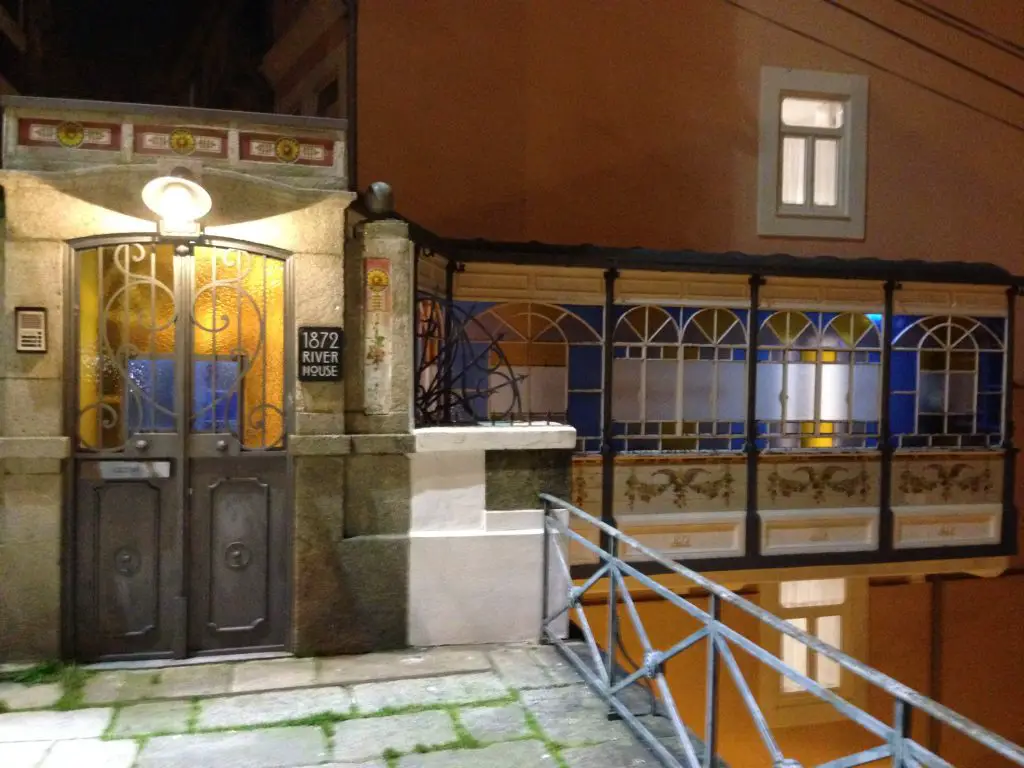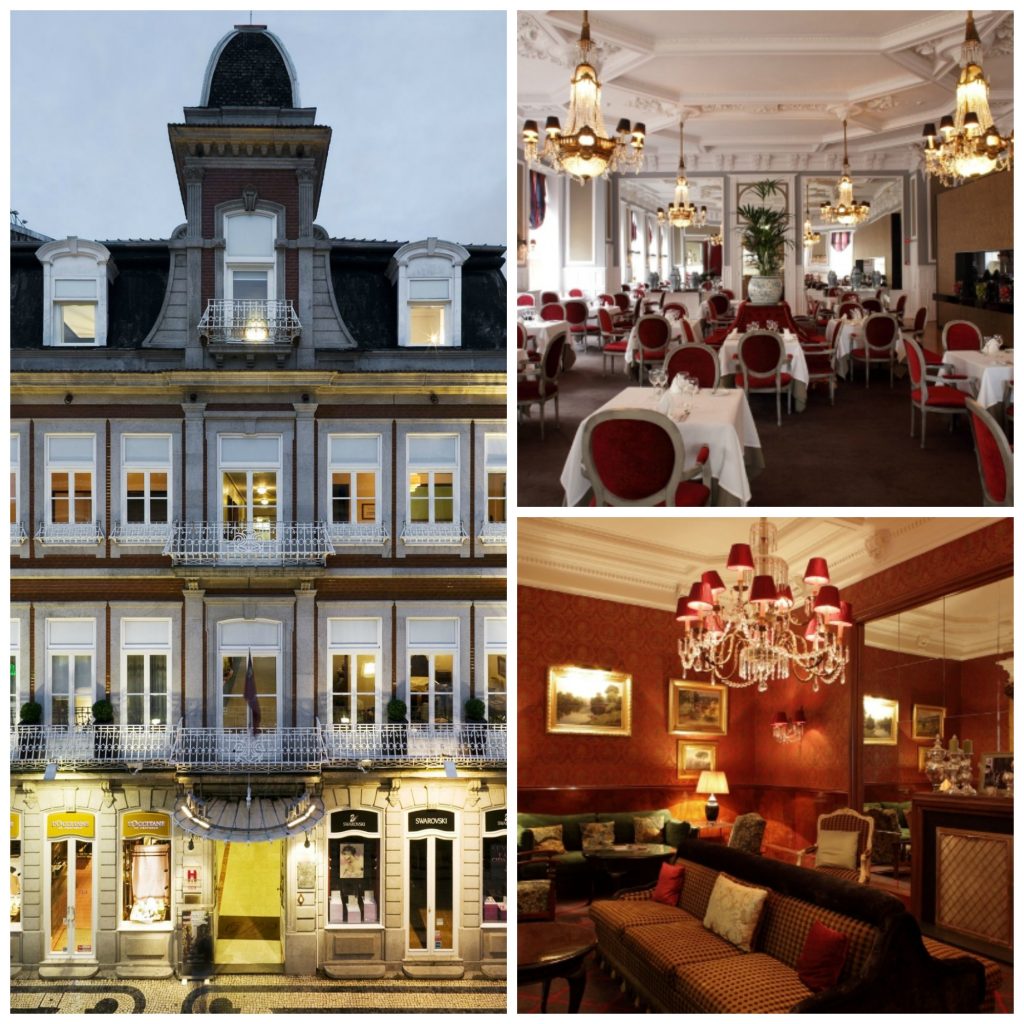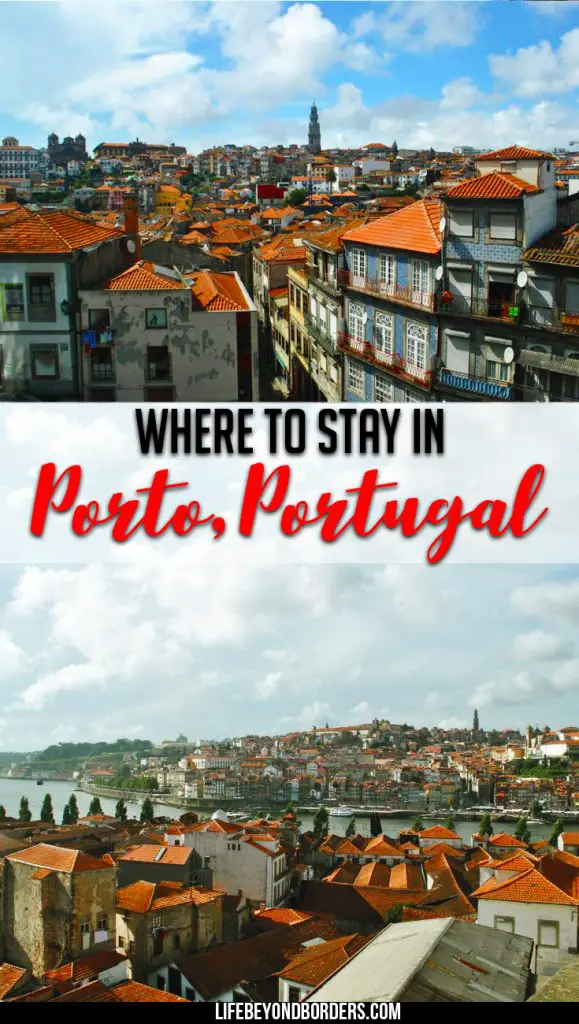Discovering Mykonos’ Hidden Tranquillity
When people think of Mykonos, the island’s party reputation dominates the imagination. Sun-drenched beaches packed with loungers, music pulsing from beach bars and glamorous nightlife are the hallmarks of this Cycladic hotspot. As someone who has called Greece home for over 15 years, I’d always been hesitant to visit. I assumed Mykonos wasn’t for those seeking peace, culture, and authenticity.
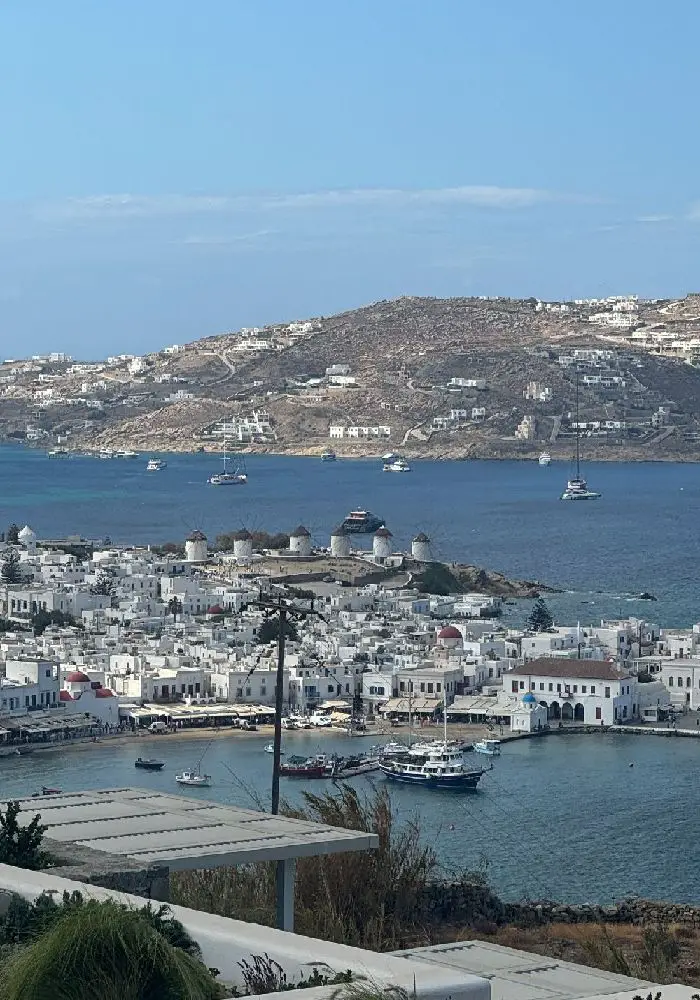
However, I stand corrected as a trip to the island in the shoulder September season proved me wrong. Staying at two luxury properties; O and Deos, both by The Myconian Collection—introduced me to a side of Mykonos I never knew existed. And at the heart of this discovery was an unforgettable experience–The Rizes Farmstead.
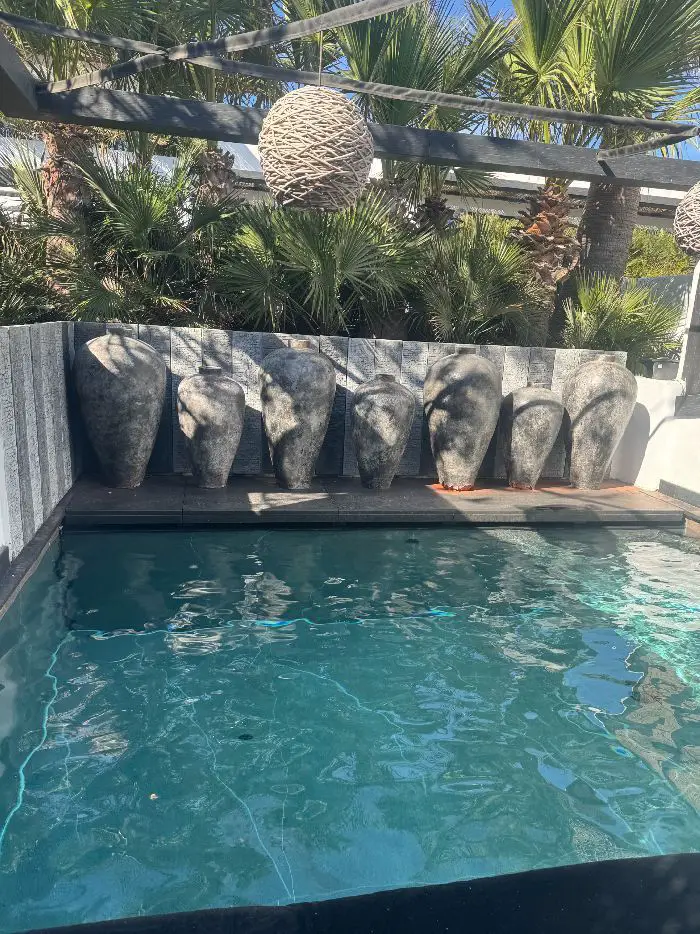
Staying at Mykonos O and Deos: Peaceful Havens on a Bustling Island
The Myconian Collection’s O at Ornos beach, 2.5km southwest of Mykonos main town and admittedly one of the busiest beaches on the island, nevertheless offers an oasis of calm amidst Mykonos’ lively reputation. Deos, on its elevated position overlooking Mykonos Town, is just well enough away from the bustle of the streets yet within walking distance, albeit downhill. These properties redefine what it means to visit the island, balancing luxury with a genuine sense of connection to their surroundings.
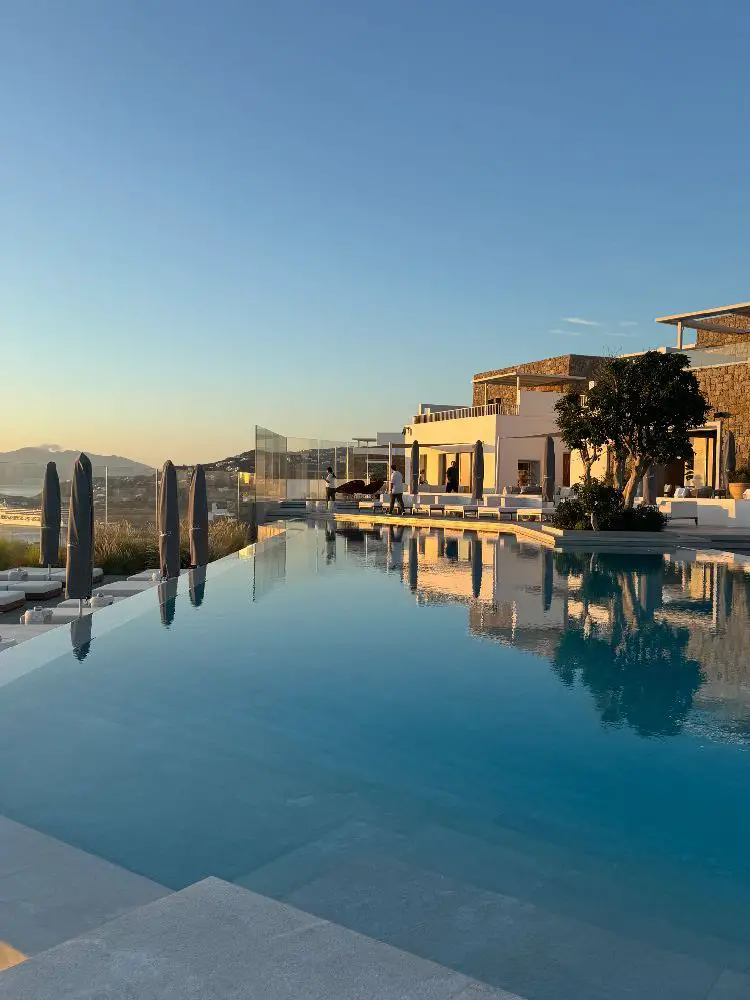
Both hotels pride themselves on creating curated experiences that connect guests to the island’s culture and heritage—which is how I found myself at Rizes Farmstead.
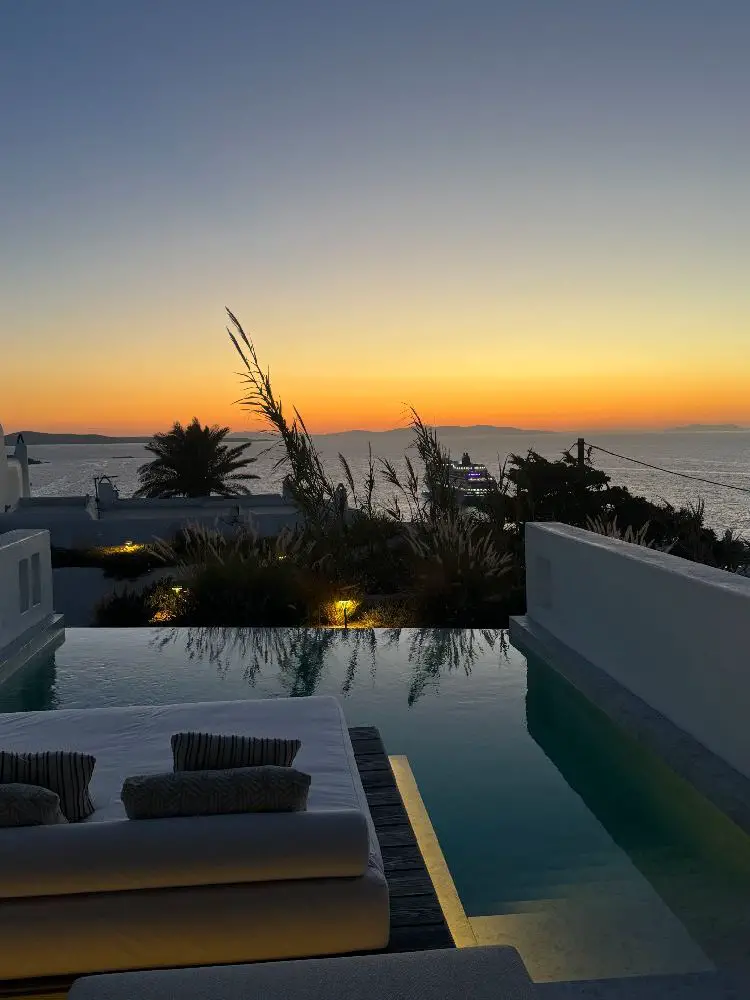
Rizes Farmstead: A Glimpse Into Traditional Greek Life
Located near the picturesque village of Ano Mera, Rizes Farmstead is a journey back in time and celebrates Mykonos’ authentic side. In Greek, ‘rizes’ translates to ‘roots’, which is exactly what this immaculate recreated 1950s farmstead invites you to do: reconnect with the land, traditions, and simpler ways of life.
A Guided Tour of Mykonos’ Heritage
My visit began with a guided tour of the farmstead’s grounds. From the lovingly restored original 1950’s homes and outbuildings to the farm animals grazing in their pens and dovecoats, every detail transported me to a bygone era. The scent of wild herbs wafted through the air and the sound of cicadas provided a natural soundtrack, hard to believe I was just a short drive from the busy streets of Mykonos Town.
Cooking Greek Classics: A Hands-On Workshop
The highlight of my visit to Rizes was a hands-on cooking workshop. Under the guidance of the local family who run the folklore farmstead, I learned to prepare some of Greece’s most beloved dishes. Rolling up my sleeves, I mixed ingredients for tzatziki, the iconic yogurt-and-cucumber dip, and carefully shaped meatballs seasoned with herbs from the farm’s gardens.
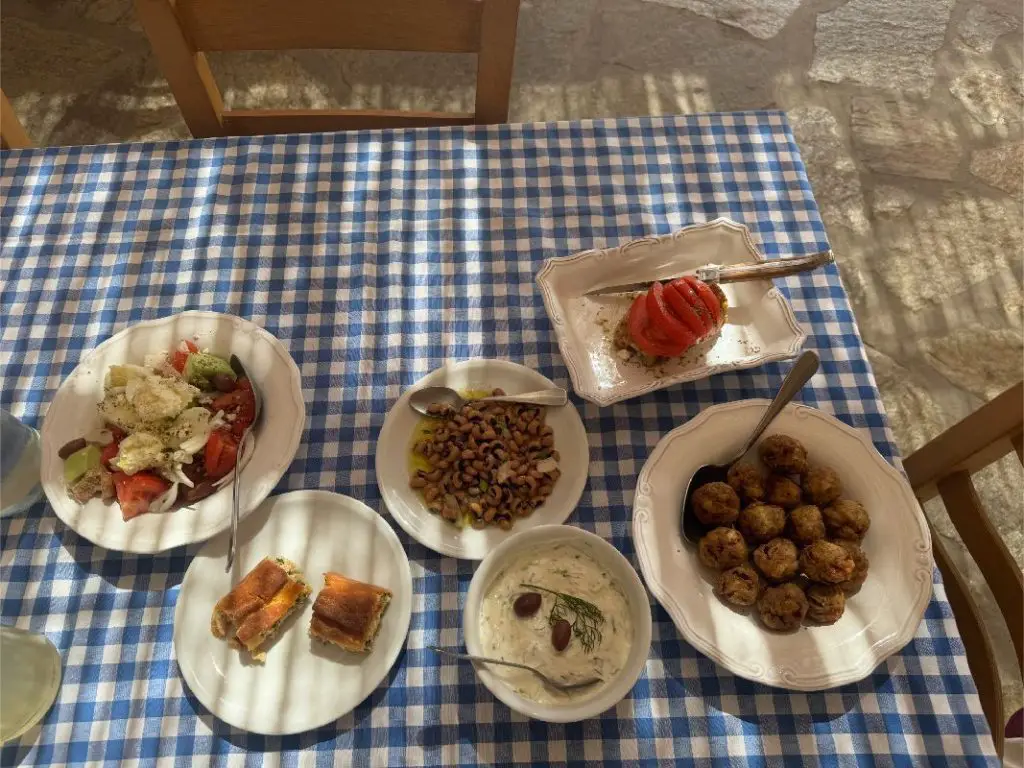
The farmstead’s open kitchen was a flurry of activity as fellow visitors joined in. There was a palpable sense of camaraderie as we shared tips, laughed over our attempts and swapped stories. What struck me most was how the dishes we prepared were so deeply rooted in the land. Every ingredient, from the vegetables to the herbs, came directly from the surrounding farm, highlighting the connection between Mykonos’ cuisine and its natural environment.
A Farm-to-Table Feast
After the cooking session, it was time to eat! We gathered around a communal table in the shade of an olive tree, where a feast awaited us. Alongside the tzatziki and meatballs, other farm-fresh dishes: crispy zucchini fritters, tangy cheese pies, and a vibrant Greek salad bursting with flavour. Each bite was a testament to the simplicity and purity of Greek cuisine.
The meal was accompanied by local wine, its crisp notes perfectly complementing the flavours on our plates. As I sat there, sharing food and conversation with people from around the world, I felt a profound sense of connection—to the land, to the culture, and to the moment itself. It was a side of Mykonos I had never expected to find.
Immersing in Mykonos’ Heritage
Beyond the culinary experience, Rizes offers a deeper understanding of Mykonos’ heritage. The farmstead’s recreated homes and traditional tools provided a glimpse into how life on the island once was. It’s a stark contrast to the Mykonos of today with its luxury boutiques and beach clubs and a reminder of the island’s humble beginnings.
Engaging with this history added a new layer to my appreciation of the island. It’s easy to be dazzled by Mykonos’ glamour, but places like Rizes show that its true beauty lies in its roots. For me, it was a journey into the heart of Greece, where tradition and hospitality intertwine.
View this post on Instagram
Discovering the Alternative Mykonos
My time at Rizes Farmstead, combined with the tranquillity of O and Deos, transformed my view of Mykonos. I found the island, so often defined by its party reputation, has much more to offer, especially out of high season. From the quiet charm of Ano Mera village to the authentic experiences curated by these two exceptional hotels, Mykonos revealed itself as a destination where culture and calm can, actually, coexist.
If you, like me, have hesitated to visit Mykonos because of its party reputation, I encourage you to reconsider. Seek out its quieter corners, immerse yourself in its traditions, and let its authentic side surprise you.
What to Pack for Summer in Mykonos
- Light, breathable clothing: Think linen dresses, shorts, and cotton shirts to stay cool.
- Comfortable sandals: Ideal for exploring cobbled streets and the farmstead.
- Sun protection: A wide-brimmed hat, sunglasses, and high-SPF sunscreen are essentials.
- A reusable water bottle: Stay hydrated while being eco-conscious.
- A light jacket or shawl: Evenings can get breezy, especially in quieter areas like Ano Mera.
- My Greek Island All Round Packing Guide should help you.
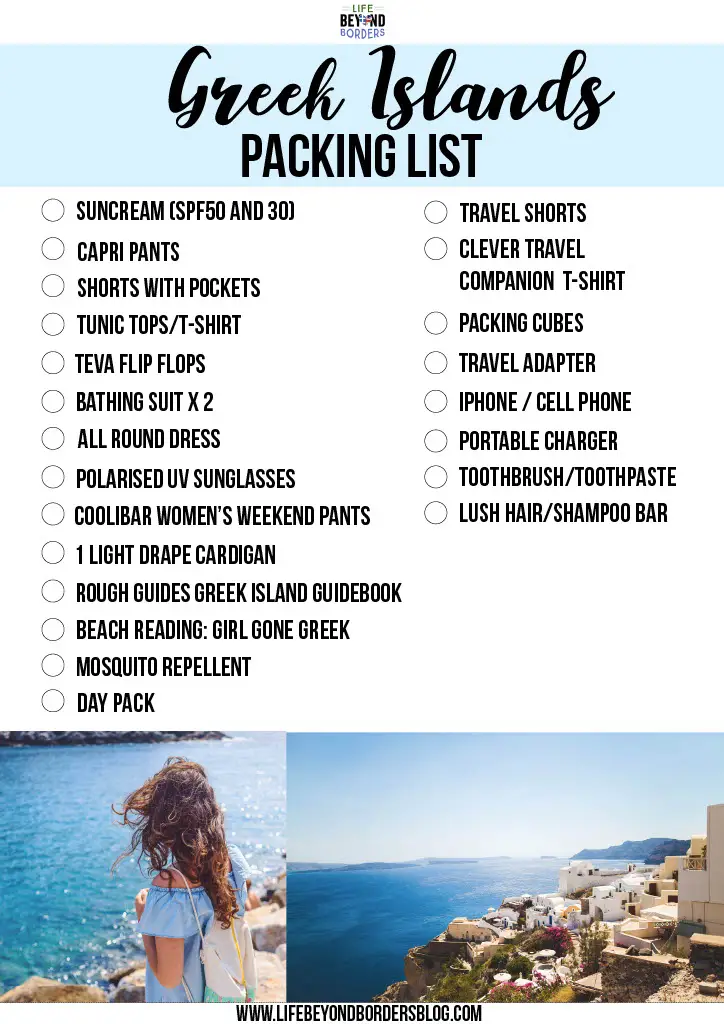
Rebecca Hall’s Greek island packing list
Where to Stay in Mykonos for an Authentic Experience
Mykonos O by The Myconian Collection: A serene retreat with luxurious suites, private terraces, and stunning views of the Aegean.
Deos: A haven of understated elegance, featuring infinity pools, wellness amenities, and a focus on relaxation.
Both properties offer curated experiences, like visits to Rizes Farmstead, that showcase the island’s cultural depth.
Whether you’re a first-time visitor or a seasoned traveller, Mykonos has the power to surprise you. Step away from the crowds, embrace its authentic side, and discover a destination that’s so much more than its reputation.
Further reading
- Top Things To See And Do On Mykonos
- Top Things to Eat and Drink on Mykonos
- Guarding the Archaeological Island of Delos
PIN for later
